2296
Машинный телеграф / Re: 60 лет под парусом: Чемпионка СССР тренирует юных яхтсменов в Строгине
« : 12.03.2017, 23:52:56 »
А вот интервью со Светланой Николаевной четырехлетней давности, опубликованное в Yacht Russia:
В 2013 году, победителем в «тренерской» номинации национальной премии «Яхтсмен года» стала Светлана Николаевна Кротова. И это был один из тех случаев, когда споров вокруг кандидатуры номинанта не было. Другие слова были – в широчайшем диапазоне от удивления: «Сколько-сколько лет тренером – полвека?» и до восхищения: «И сейчас на воде, учит». А вот о том, как тренирует Светлана Николаевна, могли бы поведать десятки ее учеников, находящихся здесь же, в концертном зале «Известия Hall», собравшем в этот вечер весь цвет российского яхтинга.
Город за окном, Московская кольцевая, асфальт и автомобили, а здесь, в этой квартире, все дышит морем. Книги, картины, сувениры. Везде корабли и кораблики, яхты, паруса. И лица, лица, лица на фотографиях. Друзья, знакомые, коллеги, ученики.
Мне предлагают кофе, и я бы не против, но сначала работа.
– Понимаю, – улыбается моя собеседница. – У меня тоже – сначала дело.
– Светлана Николаевна, сразу хочу повиниться. Вы – дама… как бы это сказать … в возрасте, а мне придется…
– Ах, оставьте. Я давно миновала тот кокетливый возраст, когда об этом не спрашивают и на такие вопросы не отвечают.
– Тогда поехали…
***
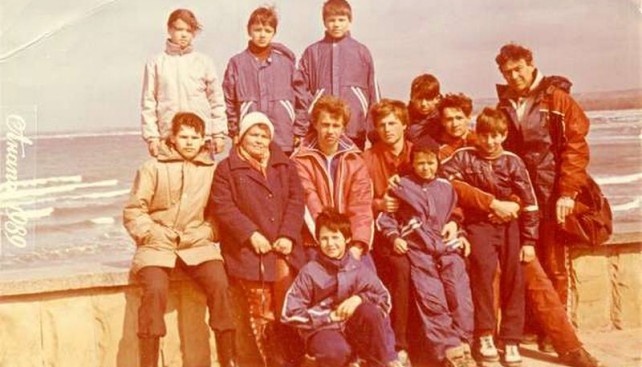
Тренер и ее ученики. 1989 г.
YR: Более полувека вы тренируете детей. А почему, собственно, детей?
Светлана Кротова: Заниматься со взрослыми спортсменами - к этому меня никогда не тянуло. С детьми интереснее, потому что это чистый лист, на котором ты пишешь. Как напишешь, так и получится. У меня всегда виден результат, и мне это нравится.
YR: И когда «писать» было проще?
С.К.: Все меняется, другими стали обстоятельства жизни, и дети сейчас другие. Раньше мои сыновья брали велосипеды и отправлялись на Клязьму, на тренировку. Можно ли сегодня представить, чтобы ребенок на электричке, на автобусе сквозь пробки?.. Да что Клязьма, у нас в Строгине те же проблемы. Большинство детей привозят родители. Два часа тренировки – в машину и домой. И побыстрее, потому что завтра в школу, а в школе уроки, нагрузки. И мне надо все-все успеть за эти два часа.
YR: Но ведь и мы учились в наши годы!
С.К.: И я училась. И дополнительные задания были. И кружки разные. Но на первом месте был парус, и ради этого мы старались, вырабатывали характер, берегли каждую минуту: пару часов на домашние задания – и на тренировку. Правда, искушений тогда было не то что сейчас. Эти компьютеры… С появлением этих электронных игрушек в детях многое изменилось. Они не то что в яхт-клуб, они в соседнюю школу на баскетбол не пойдут, им их компьютерный мир милее.
YR: И все же к вам приходят…
С.К.: Не так, как раньше. Тогда начитается какой-нибудь мальчишка книжек Джека Лондона, заразится морской романтикой и бежит к нам, чтобы с этой романтикой породниться. Сейчас читают мало, зато ездят много. Родители возят по морям-океанам, детки там насмотрятся на паруса – и к нам. Но таких детей, которые сами хотят, процентов 30. Остальные 70 – это дети тех мам и пап, которые в прошлом занимались парусом, а часто занимаются им сейчас. Такое и раньше было, целые яхтенные династии складывались, но сейчас особенно заметно. Кто-то из родителей и на сборы с нами едет, и зачастую не только для того, чтобы ребенка опекать, а чтобы самим погоняться.
YR: Светлана Николаевна, а если ребенку все это не нравится… в принципе. Можно ведь и палку перегнуть заставляя, напрочь отбить желание заниматься парусным спортом.
С.К.: А это уже моя задача, чтобы этого не случилось. Тут ведь обычно страх мешает. Он маленький, а воды вон сколько, да еще глубоко, это же настоящее испытание для восьмилетнего ребенка. Но стоит этот страх перешагнуть… В этом году на сборах в Дахабе был у меня мальчик. Его отец, мой бывший ученик, отправил приобщаться к парусу своих детей – сына и дочь. Девочка постарше, с ней проблем не возникло, а мальчишка как ногами в песок зароется, с места его не сдвинешь. Я и так, и эдак, мама его подключилась – все впустую. Потом приехал папа. Я не знаю, какие волшебные слова он сказал, но мальчик в море вышел. И началось обратное, я его уже на берег вернуть не могла. Он перешагнул страх – и влюбился. И ведь все понятно: не полюбить парус невозможно, только у каждого свой путь и свое время. У меня в последние годы почти не было детей, которые пришли и ушли. Были единичные случаи, но просто ребенок был слишком маленьким, родители перестарались, рано привели.
YR: Плох тот родитель, который не мечтает видеть сына чемпионом.
С.К.: В этом нет ничего плохого, но надо помнить о мере и здравом смысле. А то ведь как случается? Ребенка забирают из школы, он учится дистанционно, а сам все время в разъездах по Канарам, Европам, мотается с регаты на регату. И все ради единственной цели – стать чемпионом. Такие родители, которые вот так гонят, гонят, меня удивляют. Ну станет их чадо чемпионом в «Оптимисте», это же не гарантия, что он себя и в других классах проявит. И что дальше? Поэтому я страшную вещь скажу: не парусом единым! У человека должна быть специальность, чтобы, оступившись, не упасть. Кстати, мнением ребенка тоже неплохо бы поинтересоваться: нужны ему все эти регаты или поперек горла. А еще такое бывает: выигрывать ему приятно, но чтобы ради этого костьми ложиться и всех вокруг рвать – не нужна ему такая победа.
YR: Проигрывать тоже надо уметь.
С.К.: Бывает, что плачут. Но потом успокаиваются – будут и другие регаты, другие гонки. Вообще, сам по себе проигрыш не так уж много что определяет. Сколько ребят в детских классах ничего не показывали, а в более старших вдруг раскрывались, как Катя Бессонова, чемпионка Европы в «Снайпе». А ведь какой соней была, все сидела, головой кивала, у меня глаза слипались, на нее глядя.
YR: Светлана Николаевна, а вы следите за карьерами своих учеников?
С.К.: Картотеки не веду, у меня все они в голове. И так скажу: когда Катя Бессонова выиграла «Европу», я в Ярославле находилась, у меня аж слезы от счастья потекли.
YR: Много в нее вложили?
С.К.: Не знаю, что значит много. Я во всех вкладываю одинаково.
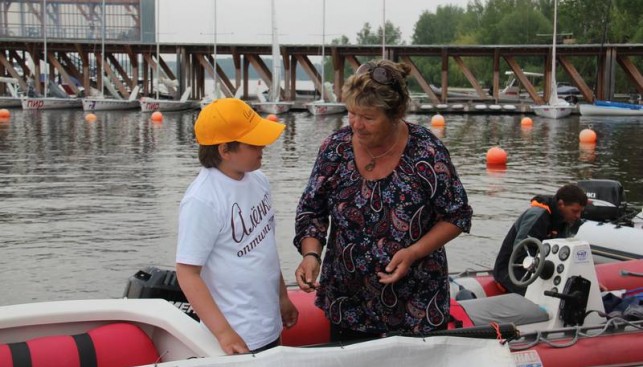
"Разбор полетов" на открытии сезона в яхт-клубе "ПИРогово"
YR: Что, и любимчиков никогда не было?
С.К.: Выделять кого-то – других обижать. Но любимый выпуск был, уже здесь, в Строгине. Обычно дети очень разбросаны по умению – кто-то совсем «зеленый», а кто-то вполне «ходячий», а тогда подобрались очень ровные, заниматься с ними было интересно. Саша Безменова, Аня Илюхина… С ней, с Аней, мы три месяца в зимних Каннах под снегом и дождем к первой детской Олимпиаде готовились, так на нас как на ненормальных смотрели, ну и пусть, а нам любая гадость с неба была нипочем. С этими ребятами мы и на озеро Гарда, и в Израиль ездили. И везде выглядели достойно, что на Гарде совсем не просто. На этом сказочном озере проводится удивительная регата, в какой-то год там было 1200 «Оптимистов». И мы там не затерялись, показали достойный результат, который, замечу, не только от тренера зависит, но и от судьбы, а еще от таланта, характера, работоспособности человечка, который пришел заниматься парусом.
YR: Значит, вы не можете сразу сказать, что вот из того мальчишки-новичка будет толк, а вот из этой девочки, как ни старайся вы и она, нет?
С.К.: Сразу это не почувствуешь и не поймешь. Детишки, они все хорошие, глазки у всех светлые. Потом уже примечать начинаешь. К примеру, рассказываешь ему что-то, а он только вид делает, что слушает, ему палочкой в песке ковырять интереснее. Или так: лодок у нас не хватает, сажаешь по очереди, и видно, что кто-то пытается пролезть без очереди, а кто-то с радостью свою очередь уступает. Правда, и тут не все и не всегда очевидно. Вот был у меня мальчик… Папа с мамой несут «Оптимист», а он сзади плетется и яблоко жует. И щеки такие красные, а на голове панамка на веревочках. Но и он парус полюбил. До сих пор гоняется, ему сейчас уже больше пятидесяти.
YR: Ветеран! А вообще кого вы приводите в пример своим подопечным?
С.К.: Поскольку девушка я древняя, у меня в памяти остались те спортсмены, с которыми я гонялась, с которыми была хорошо знакома. Великая когорта! Начиная с Тимира Пинегина. Еще Льва Шаврина часто вспоминаю… Он гонялся на «Финне», потом на «Драконе». Помню, сидят яхтсмены и говорят: вот эта лодка новая, а эта старая, с ней ловить нечего. Шаврин – им: давайте мне самую плохую лодку, а я вам дам пять минут форы. И он их догонял и обходил! К сожалению, он был очень болен, легочник, и рано умер. Это я к тому, что специально я ни о ком не рассказываю, но, например, не идет у какого-нибудь паренька лодка, он ныть начинает, тогда я ему историю о Льве Шаврине и выкладываю. Помогает.
YR: Они были фанатиками?
С.К.: Они беззаветно любили парус. И еще были очень дружны, что не мешало им оставаться непримиримыми соперниками, какими были, например, в классе «Финн» Александр Чучелов и Валентин Манкин. А тогда ох как трудно было побеждать. Тогда попробуй Москву выиграть, а о первенстве Союза и говорить нечего. Конкуренция была фантастическая, потому что была потрясающая массовость. Потому и в мире наших спортсменов уважали и побаивались.
YR: Сейчас и с фанатизмом не очень, и о прежней массовости пока только мечтаем. Так что же, на мировой арене нам пока ничего не светит?
СК: Пока не светит. Но если нашим спортом заниматься по-настоящему, мы себя еще покажем. И гимн в честь наших побед будет звучать на всех морях. И патриотизм снова будет востребован, любовь к Родине. Ох, как-то я слишком высокопарно… Хотя сначала перестают говорить о любви к Родине, а потом ее перестают любить, так ведь? Вот вы сказали «фанатиками». Тогда и меня к ним причислить можно. Моя увлеченность была какая-то дикая, безумная. И это касалось не только гонок. Мы все время что-то красили, полировали, шкурили, руки не отмывались – в институт идешь, а на пальцах чернота от лака. И положительного в таком трудовом воспитании было больше, чем отрицательного. Это сейчас приходят на все готовенькое. Те же дети – сел на «Оптимист» и покатил. И даже если ты его разобьешь, не тебе чинить, а кому-то. Сейчас прежнее отношение к лодкам, когда в них душу вкладывают, только среди «финнистов» сохранилось и на «Драконах». Причем я не обвиняю детей за такое потребительское отношение – слишком много административных запретов. Дети, я считаю, должны хотя бы эпоксидку уметь развести, чтобы сколы на корпусе замазать, а по инструкции им этого делать нельзя.
YR: А вы-то сами как оказались под парусами?
С.К.: Я выросла на море. Мои родители восстанавливали после войны «Артек», и мы с братом там жили, пока в 1949 году мне не пришло время идти в школу. Тогда мама увезла меня в Москву, а отец остался. Недавно я прочитала, что в «Артеке» будет создан парусный центр, и это меня бесконечно обрадовало. И детство сразу вспомнилось… Короче, море я обожала, а в Москве какое море? Но и тут мне повезло: жили мы на Войковской рядом с ЦСК ВМФ. По школам ходили тренеры – приглашали заниматься. Но было возрастное ограничение – с 14 лет. В общем, на яхте я оказалась в 1956 году. Сначала на «Ерше» ходила, потом на «Эмке».
YR: Какой прогресс: в 1956 году пришли, а в 1959-м уже стали чемпионкой СССР.
С.К.: Это заслуга Марины Синягиной, я была шкотовой в ее команде. Но по характеру я не шкотовая, мне хотелось рулить самой. И я ушла в «свободное плавание». И уже сама подбирала себе шкотовых.
YR: Тиранили их?
С.К.: Нет, девчонки даже смеялись надо мной, потому что я говорила: «Пожалуйста, давайте поднимем спинакер». При этом и жесткости во мне достаточно. Шкотовые менялись, многие уходили из спорта после рождения детей, но отношения у нас оставались нормальными. А многие возвращались под парус и до сих пор с ним не расстаются.
YR: А не ушли бы от Синягиной, могли бы карабкаться выше и выше!
С.К.: Особенно выше не получилось бы. На Олимпиадах женщины тогда не гонялись, соответствующим было и отношение к яхтсменкам. Более того, когда я пришла работать в ЦСКА тренером, мне просто запрещали брать девочек.
YR: Работа тренера особенная, не каждому спортсмену по плечу, даже очень хорошему.
С.К.: Мне помог случай. Мой муж, Алексей Рудницкий, работал в «Спартаке» и затащил меня туда, чтобы я там гонялась. А в «Спартаке» уже была детская группа, вот я и начала с ней заниматься, и мне очень понравилось.
YR: Не имея специального образования?
С.К.: Тогда на это смотрели сквозь пальцы. Мастер спорта – и достаточно. Я и сейчас уверена, что педагогика – это прежде всего внутренний мир человека. А педагогика как наука – это дополнение к истории, литературе… Что же касается методик, то читайте Макаренко – и вы поймете, что и как надо делать. Самое же главное… ох, опять красивые слова, но уж ладно… это любовь к детям, понимание детей. А у меня это, можно сказать, на генетическом уровне, недаром мои родители всю жизнь с детьми работали.
YR: И как складывалась ваша дальнейшая карьера?
С.К.: Из «Спартака» мы с Алексеем ушли в «Аврору». Потом родился сын. Я училась в педагогическом институте – пришлось взять академический отпуск. Потом тяжело заболела свекровь – надо было ухаживать. Сын чуть подрос – я восстановилась в институте и… родила второго сына. Работать тренером, имея маленького ребенка на руках и кучу семейных проблем в голове, было невозможно, и я стала лаборанткой в Курчатовском институте – в восемь пришла, по звонку ушла, именно это мне тогда и было надо. Возвращение в яхтинг произошло опять же почти случайно. На лето старшего сына я отправляла в лагерь ЦСКА, и вдруг выяснилось, что с детьми некого послать, тренера нет. Мне предложили это место, и я поехала. И больше с парусом уже не расставалась. После ЦСКА был «Водник», а потом снова родная «Аврора», где я счастливо жила и работала до начала 90-х годов, когда все рухнуло.
YR: Все?
С.К.: Все вдруг стало прошлым. Оставалось вспоминать… Ну, хотя бы как я гонялась в Пирогово, а Алексей дожидался меня на берегу с коляской. И вдруг – штиль. Лодка ни с места, а ведь кормить пора. Катер подошел, доставил меня на берег, а там ни Алексея, ни коляски. И тут я вижу толпу. Мужики вокруг коляски сгрудились и решают, как кормить ребенка будут. А один громче всех: я знаю, я на троих алименты плачу!.. Вспоминать, как мы жили в «Авроре» с детьми и меня грозились уволить за то, что я там живу: не положено! Как нам построили домики на заднем дворе, потому что каждый день на тренировки не наездишься даже в каникулы, а так – живите и тренируйтесь. Как мы ездили на катере, а потом на машине в столовую хлебниковской овощебазы. И как на колхозном поле картошку воровали. Это сейчас там высотные дома поднялись… Мы потом эту картошку в костре пекли – под гитару и песни. И как зимой собирались – и отправлялись в горы на лыжах кататься.
YR: И вдруг все это кончилось…
С.К.: С этим невозможно было смириться. Когда «Аврору» закрыли, я еще год придуривалась там вахтенной. Думала, это какие-то временные трудности. А тут еще муж ушел в океан – в год 200-летия США было организовано «мемориальное» плавание по пути Колумба, и он принял в нем участие, потому что такими возможностями не бросаются. Скоро стало ясно, что на вахтенную зарплату не прожить. И я пошла работать в бассейн дежурным инструктором. Первый день шла – рыдала. У нас в «Авроре» – простор, паруса, а тут – духота и хлорка. Я очень тосковала по яхтам. По счастью, удалось немного к судейству прибиться, Олег Ильин помог, человек в нашей федерации известный. Но этого было так мало! И вот однажды здесь, в Строгино, увидела на воде какие-то две железяки под парусами. Отправилась на разведку и познакомилась с Василием Михайловичем Бессоновым, который занимался серфингом и смог организовать маленький клубик. Были там четыре «Оптимиста», их из «Труда», который тоже под перестройку попал, сюда перетащили. Был в клубе и тренер… Но какой тренер – ребята на воде на «Оптимистах» толкаются, а он на берегу книжки читает. Я попросилась работать на лето, и Вася меня взял. Так 23 года назад началась моя строгинская история. И чего только за это время не было! Нас без конца переподчиняли. Были мы и клубом «Норд-Вест», и парусной секцией Дома творчества «Строгино», потом вообще снести хотели, землю отобрать. Но всем здравомыслящим людям было понятно, что акватория тут чудесная и пропасть в смысле паруса не должна. Так что выжили мы, уцелели и теперь называемся спортивная школа №26 Москомспорта.
YR: Вы обмолвились, что лодок у вас маловато…
С.К.: А когда их было достаточно? В «Норд-Весте» я фактически работала как филиал Школы высшего спортивного мастерства. Набирала детей, готовила и потом передавала туда. За это ШВСМ давала мне лодки. И надо сказать, что какое-то время в ШВСМ большинство детей были моими… Потом случилась некрасивая история, договор с ШВСМ был расторгнут, и я осталась без лодок. Помогла торговая сеть «Алые паруса» – купила пять «Оптимистов» и шесть нижегородских «Ракет», плюс к тому школа приобрела четыре «Лазера», вот с этим флотом сейчас и верчусь. Правда, «Оптимистов» много частных, родители покупают.
YR: Теперь, пожалуйста, о ваших «фирменных» регатах…
С.К.: Когда-то давно, еще в Советском Союзе, каждый яхт-клуб, какому бы ведомству он ни принадлежал, должен был проводить детскую регату. «Водник» проводил «Золотую мочку», «Спартак» – «Белый треугольник», «Аврора» – «Веселый ветер». И когда мы решили провести в Строгине свою регату, лучшего названия, чем «Веселый ветер», и придумать было нельзя. Мы ее возродили! Именно «мы», не я одна. Очень помог мой давний друг Анатолий Кондаков, парусный мечтатель, настоящий романтик. И другие ветераны не остались в стороне, мало того, что они в нашей гонке ветеранов участвуют, так еще одним своим именем, тот же Виктор Потапов, придают нашим регатам высокий статус. И если раньше наш «Веселый ветер» проходил только на «Оптимистах», «Лучах» и доске, то сейчас у нас целая «обойма» классов.
YR: Да, классов сейчас много, и с лодками легче стало, а что у вас в школе с тренерами?
С.К.: В 1990-е годы тренеры-мужчины почти все ушли, и я их не осуждаю: денег нет, а жить надо. Когда стало легче, вернулись единицы. Что до нового поколения… Тут свои трудности. Вот со мной сейчас работает девочка, Саша Решетова, моя бывшая ученица, отличная спортсменка. Она закончила МГУ, в этом году поступила в аспирантуру, по специальности детский психолог. То есть тренером работать не может! Нужно специальное образование. И платят Саше очень мало – так мало, что на такую работу парень не пойдет, только девушка, и только по велению сердца. А вот на периферии с этим лучше. Мы были в этом году в Нижнем Новгороде, так там тренер – парень, работает по программе «молодой специалист», это когда жилье дают, «подъемные», но определенное время отработать обязан. И отлично работает парень! И все довольны, побольше бы таких примеров.
YR: Вы сами – пример. Светлана Николаевна, а когда, на каком году тренерской работы вы почувствовали себя абсолютно уверенной в своих силах?
С.К.: А я и сейчас сомневаюсь… И всегда сомневалась. В отличие от моих близких. Они же все «парусные». Мой второй муж, Вадим Прибылов, был членом сборной Советского Союза, он до сих пор в яхтинге – то у штурвала в роли шкипера, то на судейском катере. Сыновья оба гонялись. Старший и сейчас при парусах, а младший увлекся фотографией, но лучшие его снимки, на мой взгляд, это те, где яхты, значит, сидит в душе… И внук под парусами ходит. А брат купил польский «полукрейсерок», и мы все на этой яхточке ходим. Это я к тому, что не в сомнениях дело – в любви к парусу, такой любви не изменяют. Ох, опять я в сантименты ударилась…
YR: И ученикам своим у том же говорите – о любви, о преданности?
С.К.: Им говорить не нужно. Дети и так все понимают, они умнее, чем мы, взрослые, о них думаем. Мы их не столько учим, сколько помогаем учиться. А вообще мне не очень нравится слово «ученик». Наверное, лучше «воспитанник», так правильнее. Или не так... Короче, они мои дети, и все.
Беседовал Сергей Борисов
В 2013 году, победителем в «тренерской» номинации национальной премии «Яхтсмен года» стала Светлана Николаевна Кротова. И это был один из тех случаев, когда споров вокруг кандидатуры номинанта не было. Другие слова были – в широчайшем диапазоне от удивления: «Сколько-сколько лет тренером – полвека?» и до восхищения: «И сейчас на воде, учит». А вот о том, как тренирует Светлана Николаевна, могли бы поведать десятки ее учеников, находящихся здесь же, в концертном зале «Известия Hall», собравшем в этот вечер весь цвет российского яхтинга.
Город за окном, Московская кольцевая, асфальт и автомобили, а здесь, в этой квартире, все дышит морем. Книги, картины, сувениры. Везде корабли и кораблики, яхты, паруса. И лица, лица, лица на фотографиях. Друзья, знакомые, коллеги, ученики.
Мне предлагают кофе, и я бы не против, но сначала работа.
– Понимаю, – улыбается моя собеседница. – У меня тоже – сначала дело.
– Светлана Николаевна, сразу хочу повиниться. Вы – дама… как бы это сказать … в возрасте, а мне придется…
– Ах, оставьте. Я давно миновала тот кокетливый возраст, когда об этом не спрашивают и на такие вопросы не отвечают.
– Тогда поехали…
***

Тренер и ее ученики. 1989 г.
YR: Более полувека вы тренируете детей. А почему, собственно, детей?
Светлана Кротова: Заниматься со взрослыми спортсменами - к этому меня никогда не тянуло. С детьми интереснее, потому что это чистый лист, на котором ты пишешь. Как напишешь, так и получится. У меня всегда виден результат, и мне это нравится.
YR: И когда «писать» было проще?
С.К.: Все меняется, другими стали обстоятельства жизни, и дети сейчас другие. Раньше мои сыновья брали велосипеды и отправлялись на Клязьму, на тренировку. Можно ли сегодня представить, чтобы ребенок на электричке, на автобусе сквозь пробки?.. Да что Клязьма, у нас в Строгине те же проблемы. Большинство детей привозят родители. Два часа тренировки – в машину и домой. И побыстрее, потому что завтра в школу, а в школе уроки, нагрузки. И мне надо все-все успеть за эти два часа.
YR: Но ведь и мы учились в наши годы!
С.К.: И я училась. И дополнительные задания были. И кружки разные. Но на первом месте был парус, и ради этого мы старались, вырабатывали характер, берегли каждую минуту: пару часов на домашние задания – и на тренировку. Правда, искушений тогда было не то что сейчас. Эти компьютеры… С появлением этих электронных игрушек в детях многое изменилось. Они не то что в яхт-клуб, они в соседнюю школу на баскетбол не пойдут, им их компьютерный мир милее.
YR: И все же к вам приходят…
С.К.: Не так, как раньше. Тогда начитается какой-нибудь мальчишка книжек Джека Лондона, заразится морской романтикой и бежит к нам, чтобы с этой романтикой породниться. Сейчас читают мало, зато ездят много. Родители возят по морям-океанам, детки там насмотрятся на паруса – и к нам. Но таких детей, которые сами хотят, процентов 30. Остальные 70 – это дети тех мам и пап, которые в прошлом занимались парусом, а часто занимаются им сейчас. Такое и раньше было, целые яхтенные династии складывались, но сейчас особенно заметно. Кто-то из родителей и на сборы с нами едет, и зачастую не только для того, чтобы ребенка опекать, а чтобы самим погоняться.
YR: Светлана Николаевна, а если ребенку все это не нравится… в принципе. Можно ведь и палку перегнуть заставляя, напрочь отбить желание заниматься парусным спортом.
С.К.: А это уже моя задача, чтобы этого не случилось. Тут ведь обычно страх мешает. Он маленький, а воды вон сколько, да еще глубоко, это же настоящее испытание для восьмилетнего ребенка. Но стоит этот страх перешагнуть… В этом году на сборах в Дахабе был у меня мальчик. Его отец, мой бывший ученик, отправил приобщаться к парусу своих детей – сына и дочь. Девочка постарше, с ней проблем не возникло, а мальчишка как ногами в песок зароется, с места его не сдвинешь. Я и так, и эдак, мама его подключилась – все впустую. Потом приехал папа. Я не знаю, какие волшебные слова он сказал, но мальчик в море вышел. И началось обратное, я его уже на берег вернуть не могла. Он перешагнул страх – и влюбился. И ведь все понятно: не полюбить парус невозможно, только у каждого свой путь и свое время. У меня в последние годы почти не было детей, которые пришли и ушли. Были единичные случаи, но просто ребенок был слишком маленьким, родители перестарались, рано привели.
YR: Плох тот родитель, который не мечтает видеть сына чемпионом.
С.К.: В этом нет ничего плохого, но надо помнить о мере и здравом смысле. А то ведь как случается? Ребенка забирают из школы, он учится дистанционно, а сам все время в разъездах по Канарам, Европам, мотается с регаты на регату. И все ради единственной цели – стать чемпионом. Такие родители, которые вот так гонят, гонят, меня удивляют. Ну станет их чадо чемпионом в «Оптимисте», это же не гарантия, что он себя и в других классах проявит. И что дальше? Поэтому я страшную вещь скажу: не парусом единым! У человека должна быть специальность, чтобы, оступившись, не упасть. Кстати, мнением ребенка тоже неплохо бы поинтересоваться: нужны ему все эти регаты или поперек горла. А еще такое бывает: выигрывать ему приятно, но чтобы ради этого костьми ложиться и всех вокруг рвать – не нужна ему такая победа.
YR: Проигрывать тоже надо уметь.
С.К.: Бывает, что плачут. Но потом успокаиваются – будут и другие регаты, другие гонки. Вообще, сам по себе проигрыш не так уж много что определяет. Сколько ребят в детских классах ничего не показывали, а в более старших вдруг раскрывались, как Катя Бессонова, чемпионка Европы в «Снайпе». А ведь какой соней была, все сидела, головой кивала, у меня глаза слипались, на нее глядя.
YR: Светлана Николаевна, а вы следите за карьерами своих учеников?
С.К.: Картотеки не веду, у меня все они в голове. И так скажу: когда Катя Бессонова выиграла «Европу», я в Ярославле находилась, у меня аж слезы от счастья потекли.
YR: Много в нее вложили?
С.К.: Не знаю, что значит много. Я во всех вкладываю одинаково.

"Разбор полетов" на открытии сезона в яхт-клубе "ПИРогово"
YR: Что, и любимчиков никогда не было?
С.К.: Выделять кого-то – других обижать. Но любимый выпуск был, уже здесь, в Строгине. Обычно дети очень разбросаны по умению – кто-то совсем «зеленый», а кто-то вполне «ходячий», а тогда подобрались очень ровные, заниматься с ними было интересно. Саша Безменова, Аня Илюхина… С ней, с Аней, мы три месяца в зимних Каннах под снегом и дождем к первой детской Олимпиаде готовились, так на нас как на ненормальных смотрели, ну и пусть, а нам любая гадость с неба была нипочем. С этими ребятами мы и на озеро Гарда, и в Израиль ездили. И везде выглядели достойно, что на Гарде совсем не просто. На этом сказочном озере проводится удивительная регата, в какой-то год там было 1200 «Оптимистов». И мы там не затерялись, показали достойный результат, который, замечу, не только от тренера зависит, но и от судьбы, а еще от таланта, характера, работоспособности человечка, который пришел заниматься парусом.
YR: Значит, вы не можете сразу сказать, что вот из того мальчишки-новичка будет толк, а вот из этой девочки, как ни старайся вы и она, нет?
С.К.: Сразу это не почувствуешь и не поймешь. Детишки, они все хорошие, глазки у всех светлые. Потом уже примечать начинаешь. К примеру, рассказываешь ему что-то, а он только вид делает, что слушает, ему палочкой в песке ковырять интереснее. Или так: лодок у нас не хватает, сажаешь по очереди, и видно, что кто-то пытается пролезть без очереди, а кто-то с радостью свою очередь уступает. Правда, и тут не все и не всегда очевидно. Вот был у меня мальчик… Папа с мамой несут «Оптимист», а он сзади плетется и яблоко жует. И щеки такие красные, а на голове панамка на веревочках. Но и он парус полюбил. До сих пор гоняется, ему сейчас уже больше пятидесяти.
YR: Ветеран! А вообще кого вы приводите в пример своим подопечным?
С.К.: Поскольку девушка я древняя, у меня в памяти остались те спортсмены, с которыми я гонялась, с которыми была хорошо знакома. Великая когорта! Начиная с Тимира Пинегина. Еще Льва Шаврина часто вспоминаю… Он гонялся на «Финне», потом на «Драконе». Помню, сидят яхтсмены и говорят: вот эта лодка новая, а эта старая, с ней ловить нечего. Шаврин – им: давайте мне самую плохую лодку, а я вам дам пять минут форы. И он их догонял и обходил! К сожалению, он был очень болен, легочник, и рано умер. Это я к тому, что специально я ни о ком не рассказываю, но, например, не идет у какого-нибудь паренька лодка, он ныть начинает, тогда я ему историю о Льве Шаврине и выкладываю. Помогает.
YR: Они были фанатиками?
С.К.: Они беззаветно любили парус. И еще были очень дружны, что не мешало им оставаться непримиримыми соперниками, какими были, например, в классе «Финн» Александр Чучелов и Валентин Манкин. А тогда ох как трудно было побеждать. Тогда попробуй Москву выиграть, а о первенстве Союза и говорить нечего. Конкуренция была фантастическая, потому что была потрясающая массовость. Потому и в мире наших спортсменов уважали и побаивались.
YR: Сейчас и с фанатизмом не очень, и о прежней массовости пока только мечтаем. Так что же, на мировой арене нам пока ничего не светит?
СК: Пока не светит. Но если нашим спортом заниматься по-настоящему, мы себя еще покажем. И гимн в честь наших побед будет звучать на всех морях. И патриотизм снова будет востребован, любовь к Родине. Ох, как-то я слишком высокопарно… Хотя сначала перестают говорить о любви к Родине, а потом ее перестают любить, так ведь? Вот вы сказали «фанатиками». Тогда и меня к ним причислить можно. Моя увлеченность была какая-то дикая, безумная. И это касалось не только гонок. Мы все время что-то красили, полировали, шкурили, руки не отмывались – в институт идешь, а на пальцах чернота от лака. И положительного в таком трудовом воспитании было больше, чем отрицательного. Это сейчас приходят на все готовенькое. Те же дети – сел на «Оптимист» и покатил. И даже если ты его разобьешь, не тебе чинить, а кому-то. Сейчас прежнее отношение к лодкам, когда в них душу вкладывают, только среди «финнистов» сохранилось и на «Драконах». Причем я не обвиняю детей за такое потребительское отношение – слишком много административных запретов. Дети, я считаю, должны хотя бы эпоксидку уметь развести, чтобы сколы на корпусе замазать, а по инструкции им этого делать нельзя.
YR: А вы-то сами как оказались под парусами?
С.К.: Я выросла на море. Мои родители восстанавливали после войны «Артек», и мы с братом там жили, пока в 1949 году мне не пришло время идти в школу. Тогда мама увезла меня в Москву, а отец остался. Недавно я прочитала, что в «Артеке» будет создан парусный центр, и это меня бесконечно обрадовало. И детство сразу вспомнилось… Короче, море я обожала, а в Москве какое море? Но и тут мне повезло: жили мы на Войковской рядом с ЦСК ВМФ. По школам ходили тренеры – приглашали заниматься. Но было возрастное ограничение – с 14 лет. В общем, на яхте я оказалась в 1956 году. Сначала на «Ерше» ходила, потом на «Эмке».
YR: Какой прогресс: в 1956 году пришли, а в 1959-м уже стали чемпионкой СССР.
С.К.: Это заслуга Марины Синягиной, я была шкотовой в ее команде. Но по характеру я не шкотовая, мне хотелось рулить самой. И я ушла в «свободное плавание». И уже сама подбирала себе шкотовых.
YR: Тиранили их?
С.К.: Нет, девчонки даже смеялись надо мной, потому что я говорила: «Пожалуйста, давайте поднимем спинакер». При этом и жесткости во мне достаточно. Шкотовые менялись, многие уходили из спорта после рождения детей, но отношения у нас оставались нормальными. А многие возвращались под парус и до сих пор с ним не расстаются.
YR: А не ушли бы от Синягиной, могли бы карабкаться выше и выше!
С.К.: Особенно выше не получилось бы. На Олимпиадах женщины тогда не гонялись, соответствующим было и отношение к яхтсменкам. Более того, когда я пришла работать в ЦСКА тренером, мне просто запрещали брать девочек.
YR: Работа тренера особенная, не каждому спортсмену по плечу, даже очень хорошему.
С.К.: Мне помог случай. Мой муж, Алексей Рудницкий, работал в «Спартаке» и затащил меня туда, чтобы я там гонялась. А в «Спартаке» уже была детская группа, вот я и начала с ней заниматься, и мне очень понравилось.
YR: Не имея специального образования?
С.К.: Тогда на это смотрели сквозь пальцы. Мастер спорта – и достаточно. Я и сейчас уверена, что педагогика – это прежде всего внутренний мир человека. А педагогика как наука – это дополнение к истории, литературе… Что же касается методик, то читайте Макаренко – и вы поймете, что и как надо делать. Самое же главное… ох, опять красивые слова, но уж ладно… это любовь к детям, понимание детей. А у меня это, можно сказать, на генетическом уровне, недаром мои родители всю жизнь с детьми работали.
YR: И как складывалась ваша дальнейшая карьера?
С.К.: Из «Спартака» мы с Алексеем ушли в «Аврору». Потом родился сын. Я училась в педагогическом институте – пришлось взять академический отпуск. Потом тяжело заболела свекровь – надо было ухаживать. Сын чуть подрос – я восстановилась в институте и… родила второго сына. Работать тренером, имея маленького ребенка на руках и кучу семейных проблем в голове, было невозможно, и я стала лаборанткой в Курчатовском институте – в восемь пришла, по звонку ушла, именно это мне тогда и было надо. Возвращение в яхтинг произошло опять же почти случайно. На лето старшего сына я отправляла в лагерь ЦСКА, и вдруг выяснилось, что с детьми некого послать, тренера нет. Мне предложили это место, и я поехала. И больше с парусом уже не расставалась. После ЦСКА был «Водник», а потом снова родная «Аврора», где я счастливо жила и работала до начала 90-х годов, когда все рухнуло.
YR: Все?
С.К.: Все вдруг стало прошлым. Оставалось вспоминать… Ну, хотя бы как я гонялась в Пирогово, а Алексей дожидался меня на берегу с коляской. И вдруг – штиль. Лодка ни с места, а ведь кормить пора. Катер подошел, доставил меня на берег, а там ни Алексея, ни коляски. И тут я вижу толпу. Мужики вокруг коляски сгрудились и решают, как кормить ребенка будут. А один громче всех: я знаю, я на троих алименты плачу!.. Вспоминать, как мы жили в «Авроре» с детьми и меня грозились уволить за то, что я там живу: не положено! Как нам построили домики на заднем дворе, потому что каждый день на тренировки не наездишься даже в каникулы, а так – живите и тренируйтесь. Как мы ездили на катере, а потом на машине в столовую хлебниковской овощебазы. И как на колхозном поле картошку воровали. Это сейчас там высотные дома поднялись… Мы потом эту картошку в костре пекли – под гитару и песни. И как зимой собирались – и отправлялись в горы на лыжах кататься.
YR: И вдруг все это кончилось…
С.К.: С этим невозможно было смириться. Когда «Аврору» закрыли, я еще год придуривалась там вахтенной. Думала, это какие-то временные трудности. А тут еще муж ушел в океан – в год 200-летия США было организовано «мемориальное» плавание по пути Колумба, и он принял в нем участие, потому что такими возможностями не бросаются. Скоро стало ясно, что на вахтенную зарплату не прожить. И я пошла работать в бассейн дежурным инструктором. Первый день шла – рыдала. У нас в «Авроре» – простор, паруса, а тут – духота и хлорка. Я очень тосковала по яхтам. По счастью, удалось немного к судейству прибиться, Олег Ильин помог, человек в нашей федерации известный. Но этого было так мало! И вот однажды здесь, в Строгино, увидела на воде какие-то две железяки под парусами. Отправилась на разведку и познакомилась с Василием Михайловичем Бессоновым, который занимался серфингом и смог организовать маленький клубик. Были там четыре «Оптимиста», их из «Труда», который тоже под перестройку попал, сюда перетащили. Был в клубе и тренер… Но какой тренер – ребята на воде на «Оптимистах» толкаются, а он на берегу книжки читает. Я попросилась работать на лето, и Вася меня взял. Так 23 года назад началась моя строгинская история. И чего только за это время не было! Нас без конца переподчиняли. Были мы и клубом «Норд-Вест», и парусной секцией Дома творчества «Строгино», потом вообще снести хотели, землю отобрать. Но всем здравомыслящим людям было понятно, что акватория тут чудесная и пропасть в смысле паруса не должна. Так что выжили мы, уцелели и теперь называемся спортивная школа №26 Москомспорта.
YR: Вы обмолвились, что лодок у вас маловато…
С.К.: А когда их было достаточно? В «Норд-Весте» я фактически работала как филиал Школы высшего спортивного мастерства. Набирала детей, готовила и потом передавала туда. За это ШВСМ давала мне лодки. И надо сказать, что какое-то время в ШВСМ большинство детей были моими… Потом случилась некрасивая история, договор с ШВСМ был расторгнут, и я осталась без лодок. Помогла торговая сеть «Алые паруса» – купила пять «Оптимистов» и шесть нижегородских «Ракет», плюс к тому школа приобрела четыре «Лазера», вот с этим флотом сейчас и верчусь. Правда, «Оптимистов» много частных, родители покупают.
YR: Теперь, пожалуйста, о ваших «фирменных» регатах…
С.К.: Когда-то давно, еще в Советском Союзе, каждый яхт-клуб, какому бы ведомству он ни принадлежал, должен был проводить детскую регату. «Водник» проводил «Золотую мочку», «Спартак» – «Белый треугольник», «Аврора» – «Веселый ветер». И когда мы решили провести в Строгине свою регату, лучшего названия, чем «Веселый ветер», и придумать было нельзя. Мы ее возродили! Именно «мы», не я одна. Очень помог мой давний друг Анатолий Кондаков, парусный мечтатель, настоящий романтик. И другие ветераны не остались в стороне, мало того, что они в нашей гонке ветеранов участвуют, так еще одним своим именем, тот же Виктор Потапов, придают нашим регатам высокий статус. И если раньше наш «Веселый ветер» проходил только на «Оптимистах», «Лучах» и доске, то сейчас у нас целая «обойма» классов.
YR: Да, классов сейчас много, и с лодками легче стало, а что у вас в школе с тренерами?
С.К.: В 1990-е годы тренеры-мужчины почти все ушли, и я их не осуждаю: денег нет, а жить надо. Когда стало легче, вернулись единицы. Что до нового поколения… Тут свои трудности. Вот со мной сейчас работает девочка, Саша Решетова, моя бывшая ученица, отличная спортсменка. Она закончила МГУ, в этом году поступила в аспирантуру, по специальности детский психолог. То есть тренером работать не может! Нужно специальное образование. И платят Саше очень мало – так мало, что на такую работу парень не пойдет, только девушка, и только по велению сердца. А вот на периферии с этим лучше. Мы были в этом году в Нижнем Новгороде, так там тренер – парень, работает по программе «молодой специалист», это когда жилье дают, «подъемные», но определенное время отработать обязан. И отлично работает парень! И все довольны, побольше бы таких примеров.
YR: Вы сами – пример. Светлана Николаевна, а когда, на каком году тренерской работы вы почувствовали себя абсолютно уверенной в своих силах?
С.К.: А я и сейчас сомневаюсь… И всегда сомневалась. В отличие от моих близких. Они же все «парусные». Мой второй муж, Вадим Прибылов, был членом сборной Советского Союза, он до сих пор в яхтинге – то у штурвала в роли шкипера, то на судейском катере. Сыновья оба гонялись. Старший и сейчас при парусах, а младший увлекся фотографией, но лучшие его снимки, на мой взгляд, это те, где яхты, значит, сидит в душе… И внук под парусами ходит. А брат купил польский «полукрейсерок», и мы все на этой яхточке ходим. Это я к тому, что не в сомнениях дело – в любви к парусу, такой любви не изменяют. Ох, опять я в сантименты ударилась…
YR: И ученикам своим у том же говорите – о любви, о преданности?
С.К.: Им говорить не нужно. Дети и так все понимают, они умнее, чем мы, взрослые, о них думаем. Мы их не столько учим, сколько помогаем учиться. А вообще мне не очень нравится слово «ученик». Наверное, лучше «воспитанник», так правильнее. Или не так... Короче, они мои дети, и все.
Беседовал Сергей Борисов


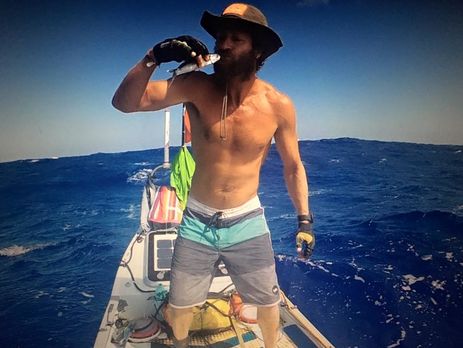
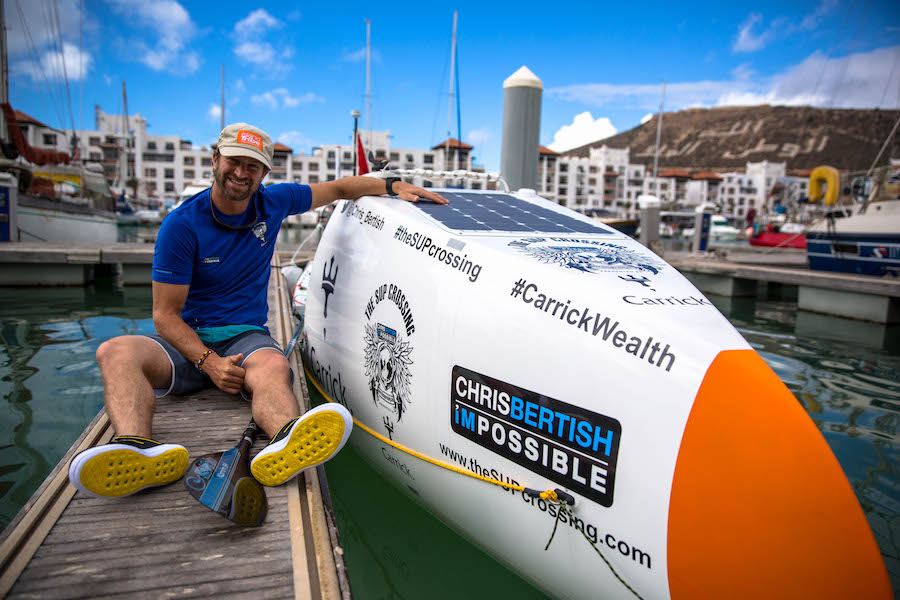
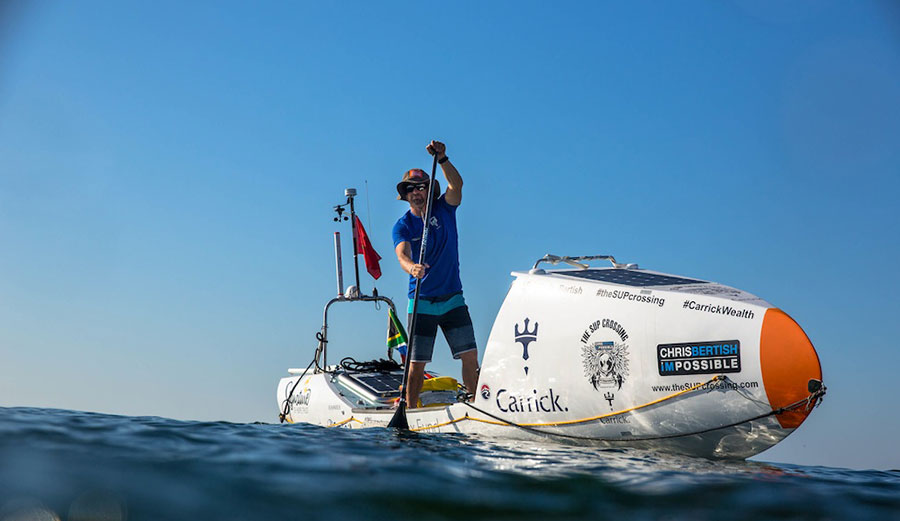
 Казалось бы, и при чем тут парус? Ну, а как?!
Казалось бы, и при чем тут парус? Ну, а как?!
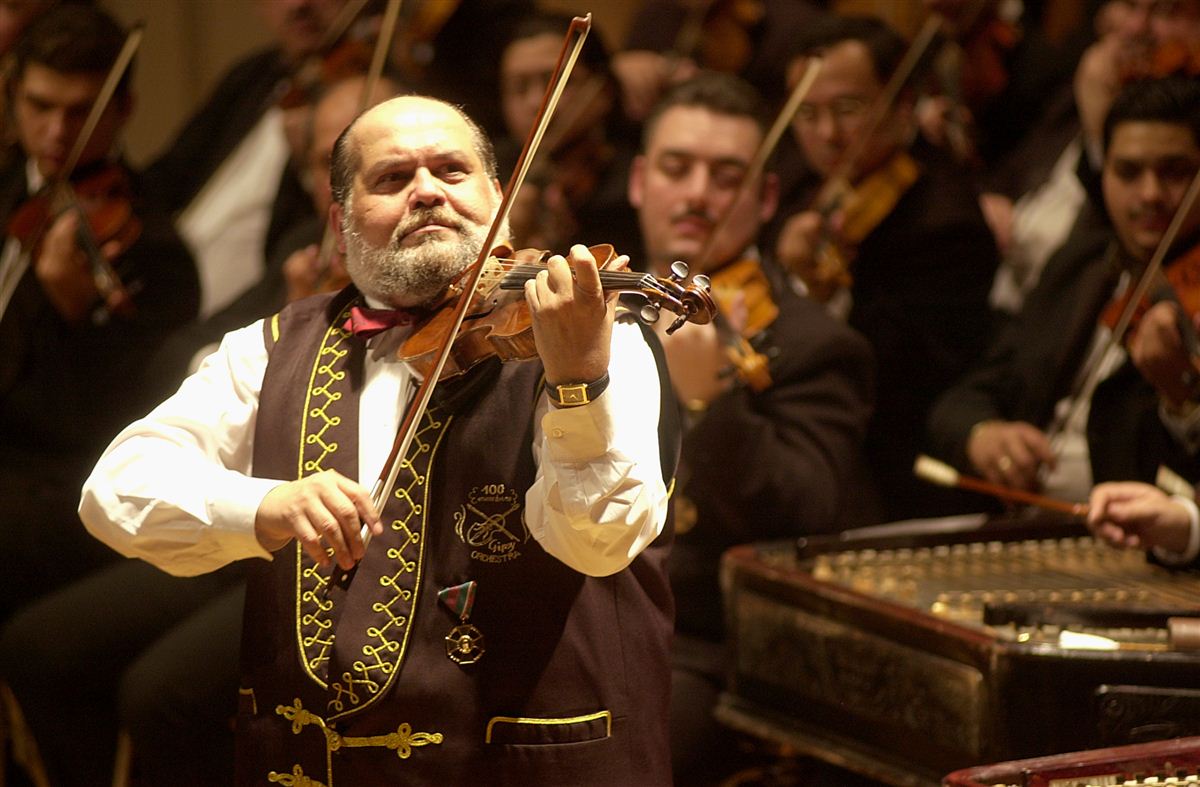
 Единственным бонусом был выигранный серт на 300 Убитых Енотов на чартер, которым, правда, так и не воспользовались, ибо все равно нашли дешевеле
Единственным бонусом был выигранный серт на 300 Убитых Енотов на чартер, которым, правда, так и не воспользовались, ибо все равно нашли дешевеле 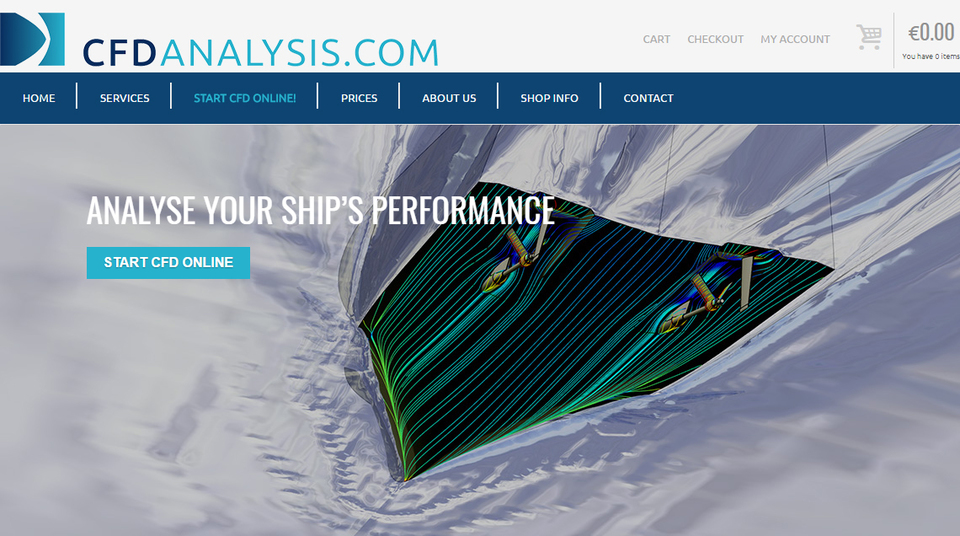

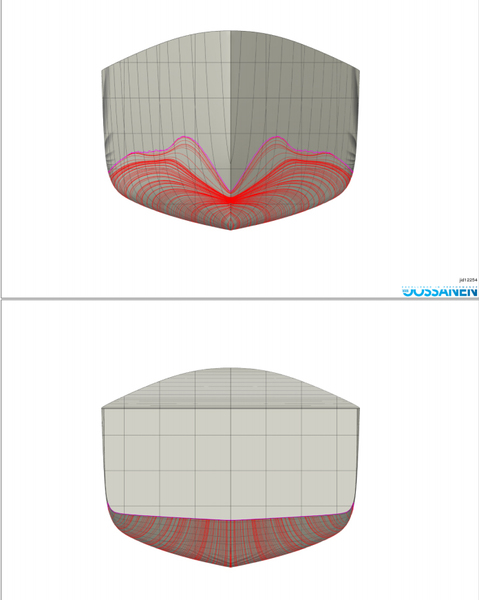


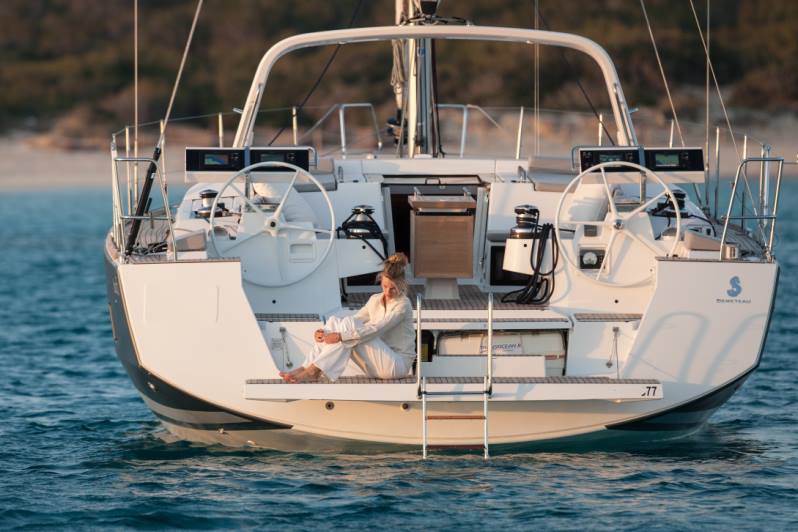
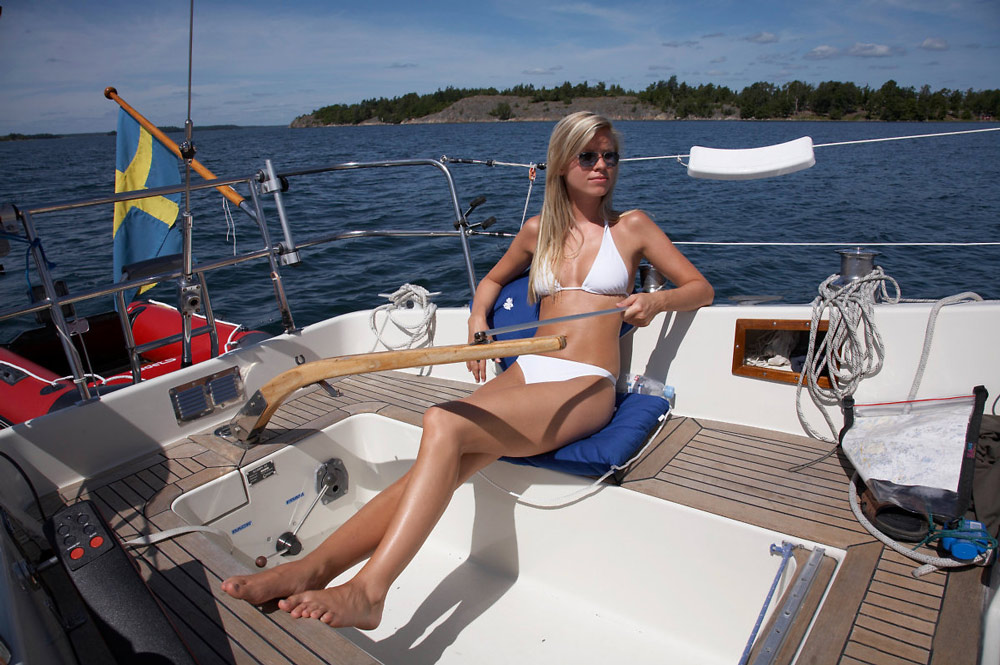
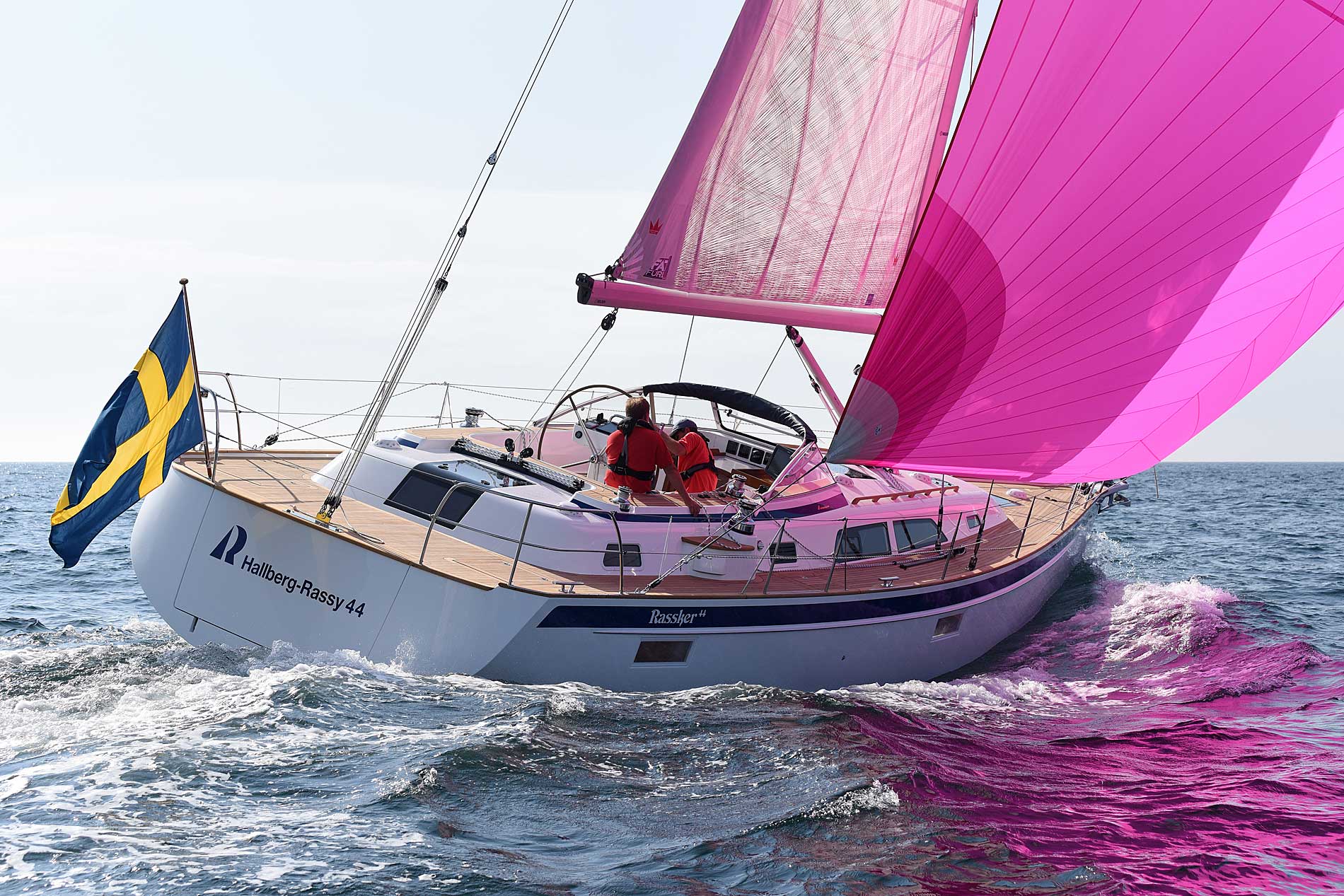
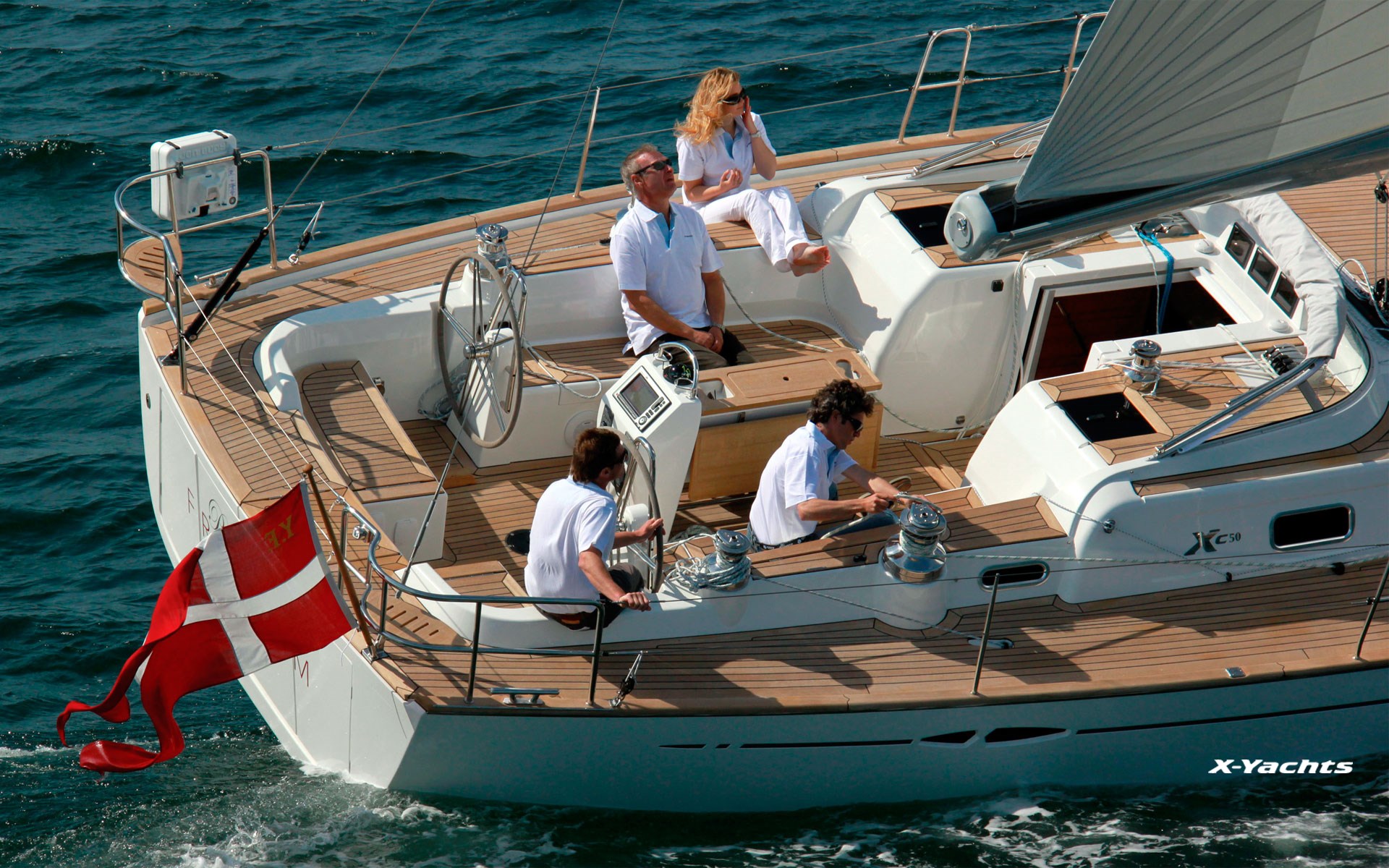
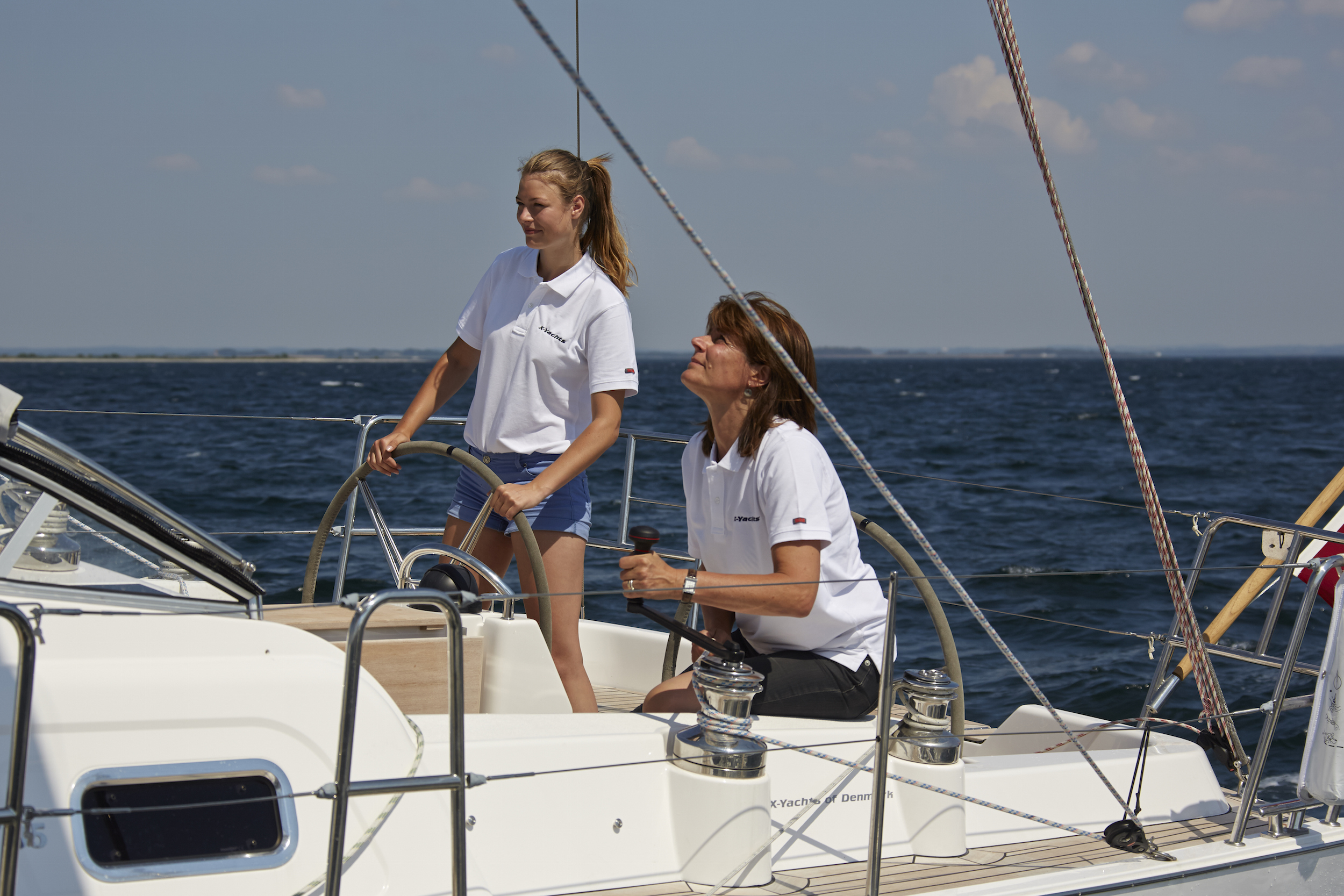
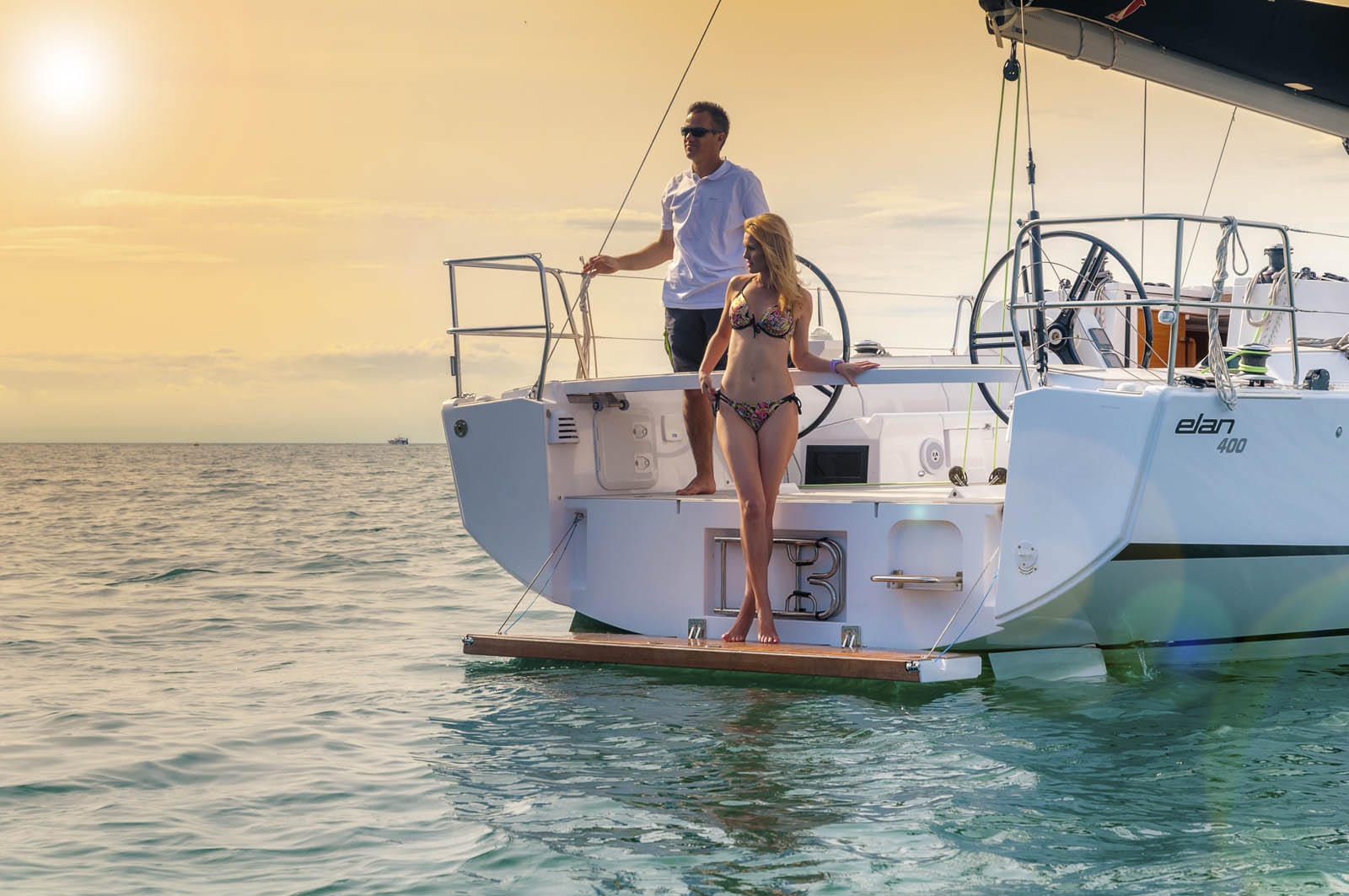
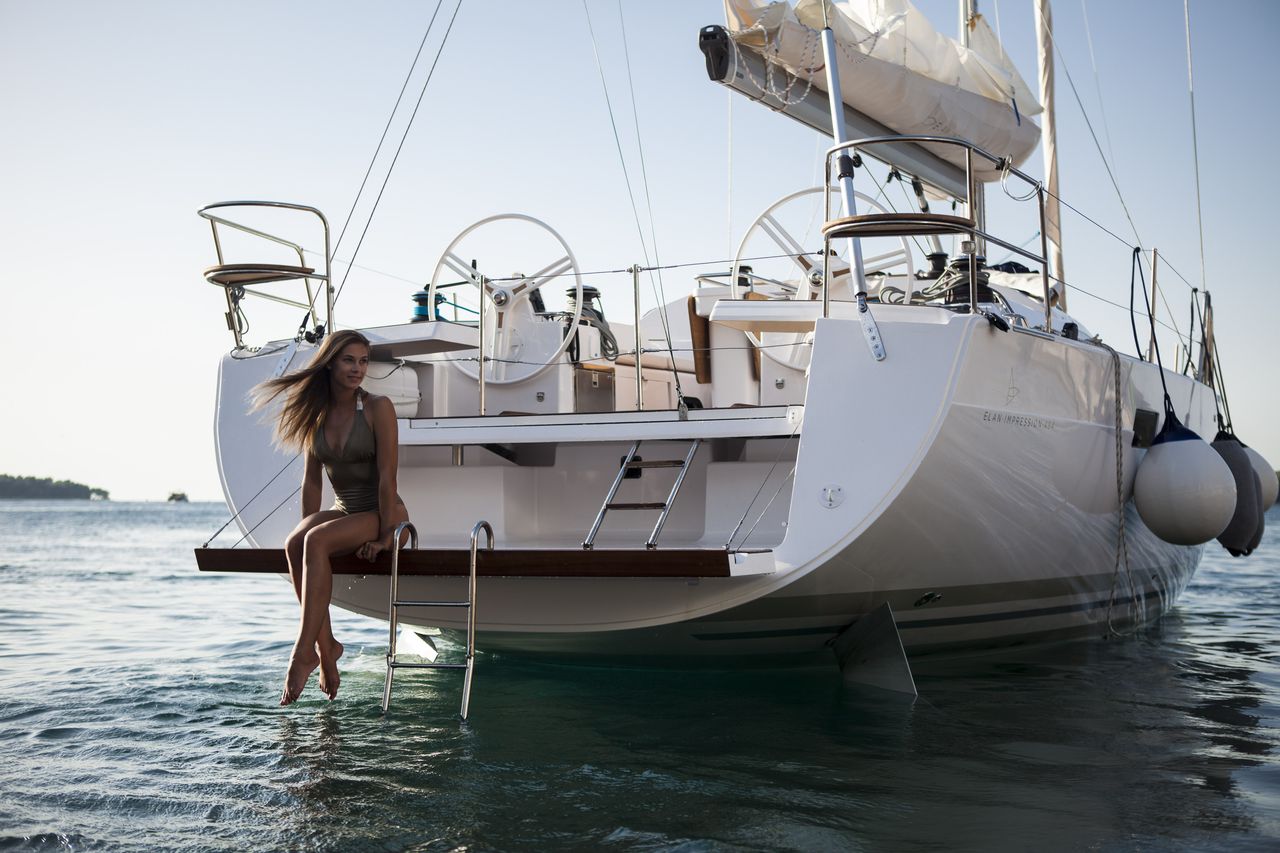

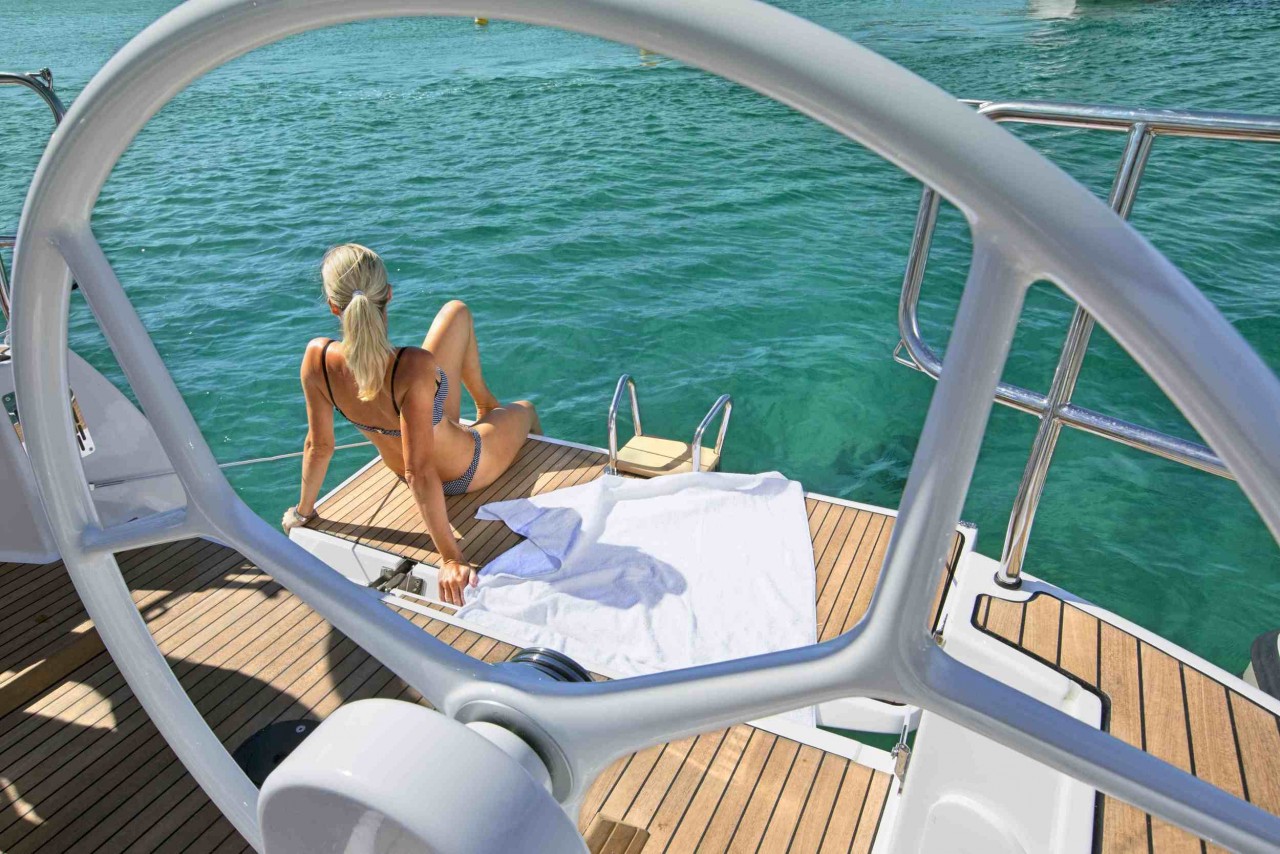
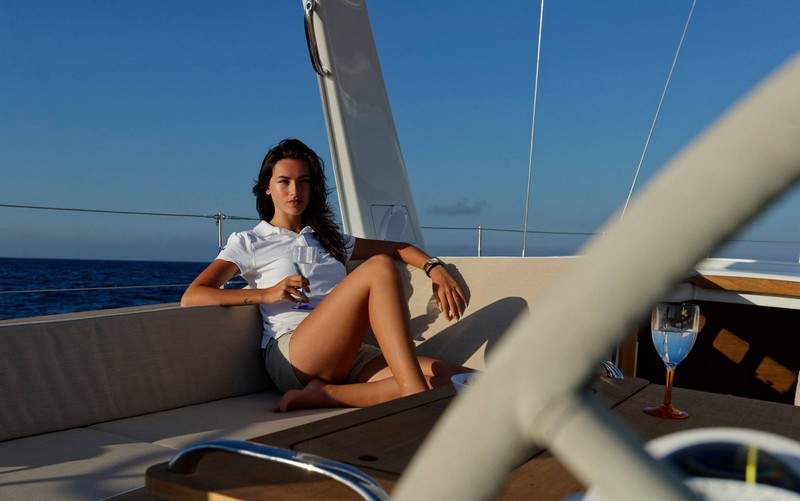
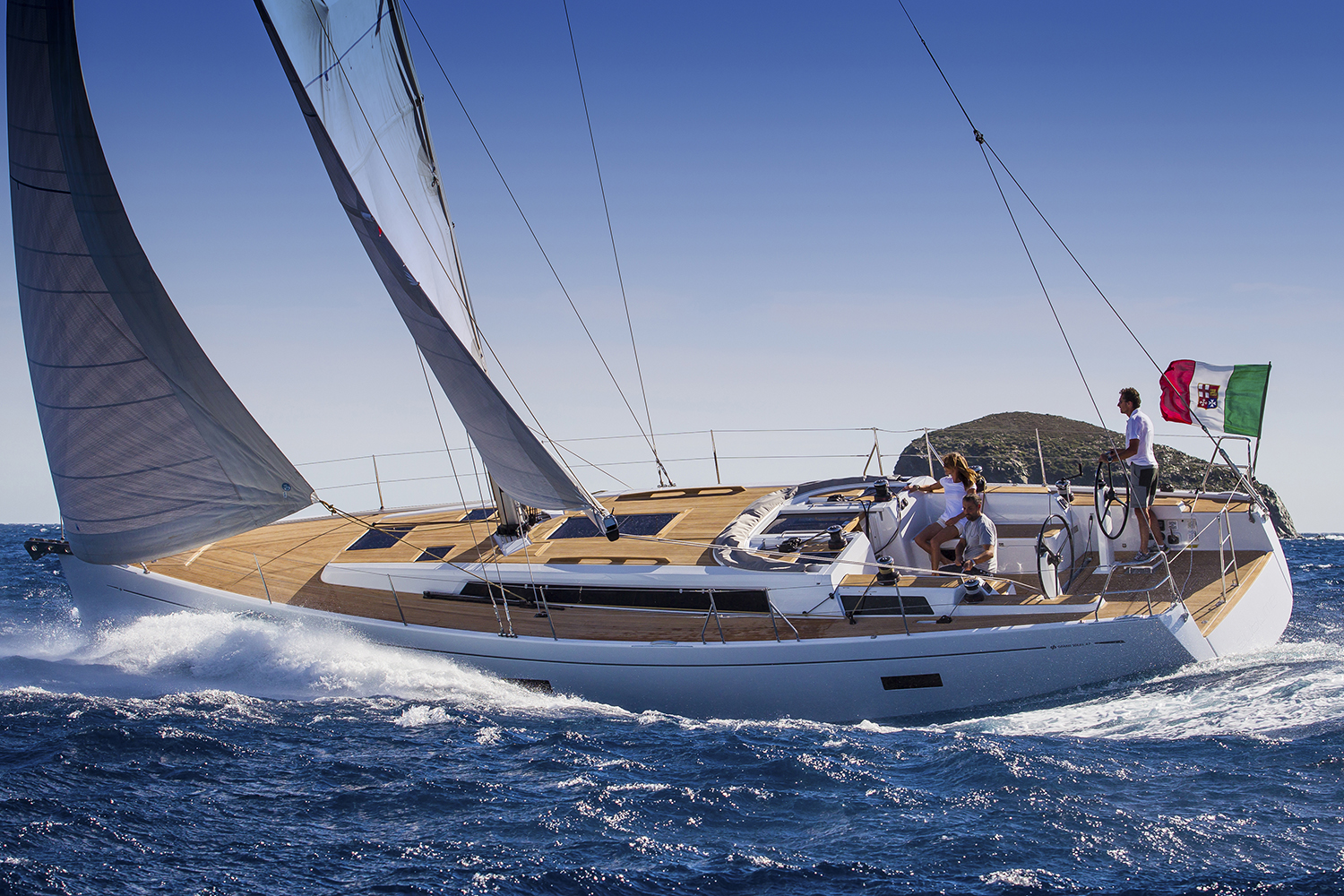


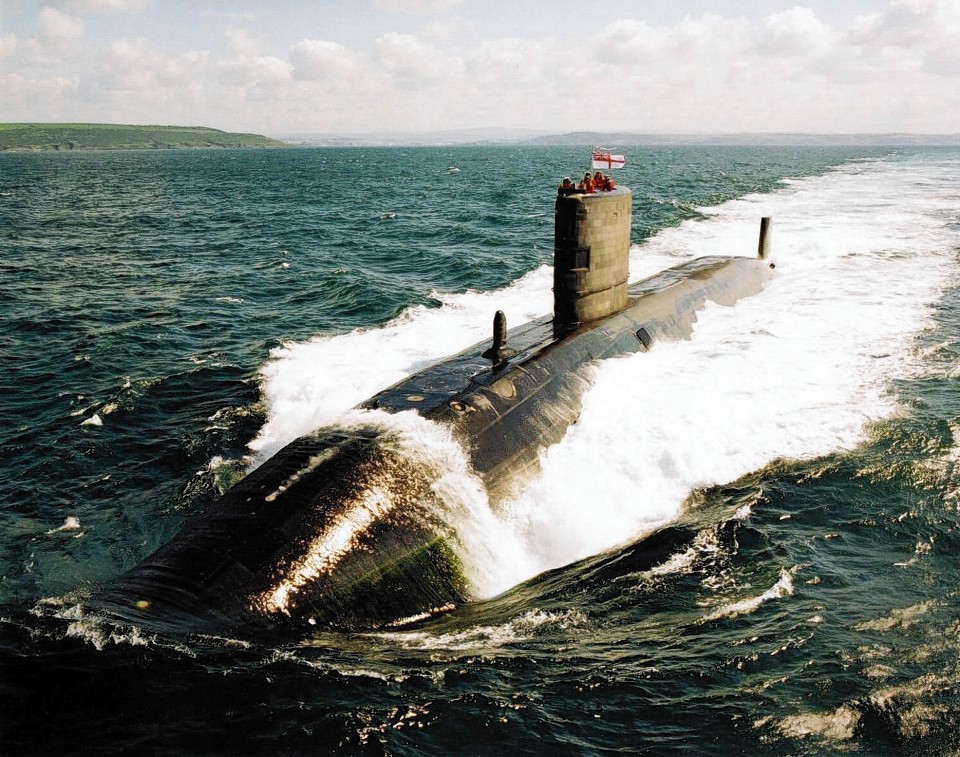


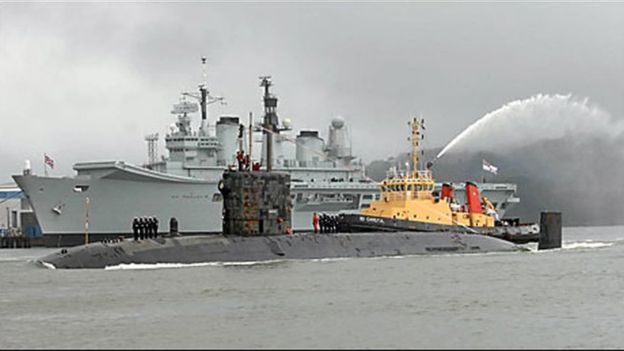
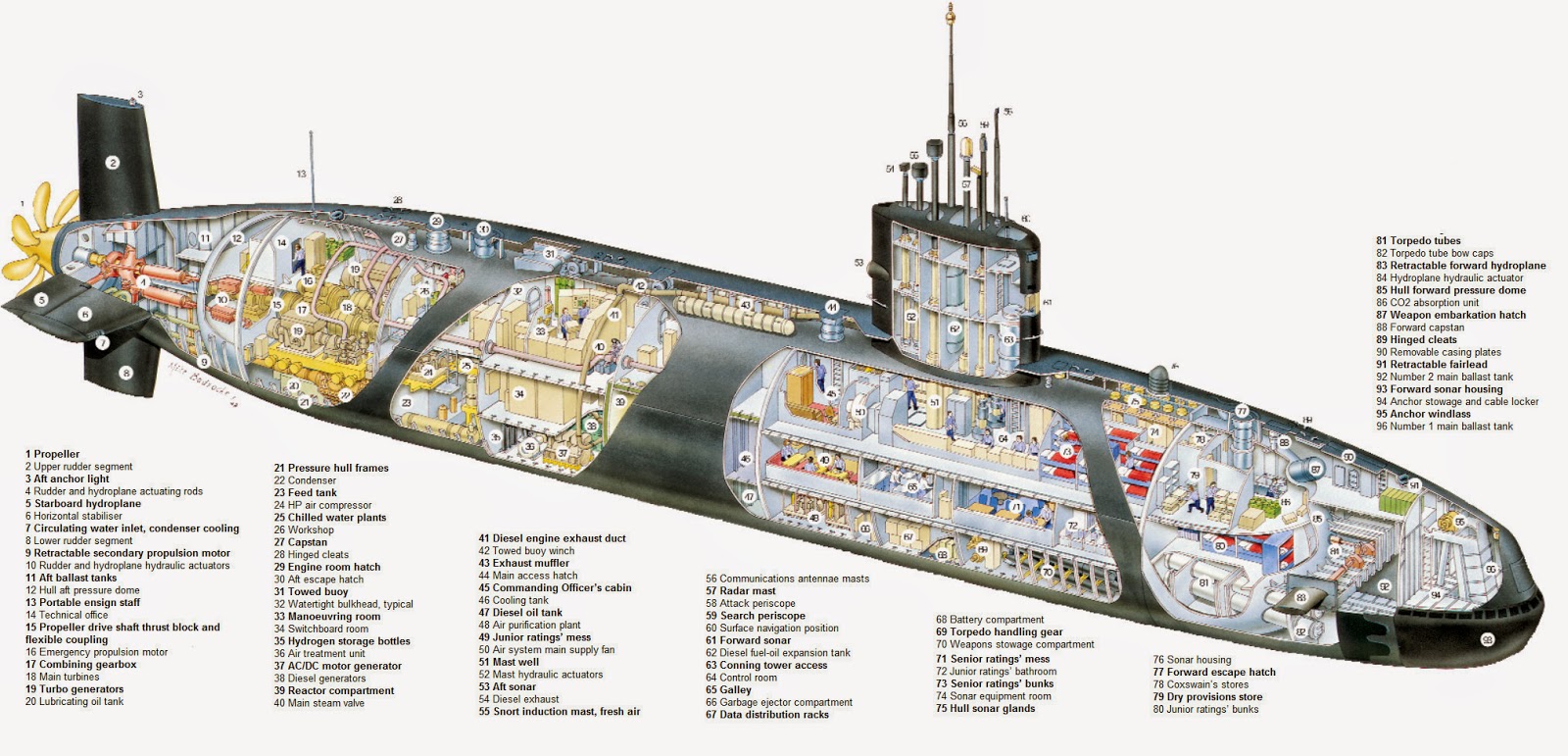

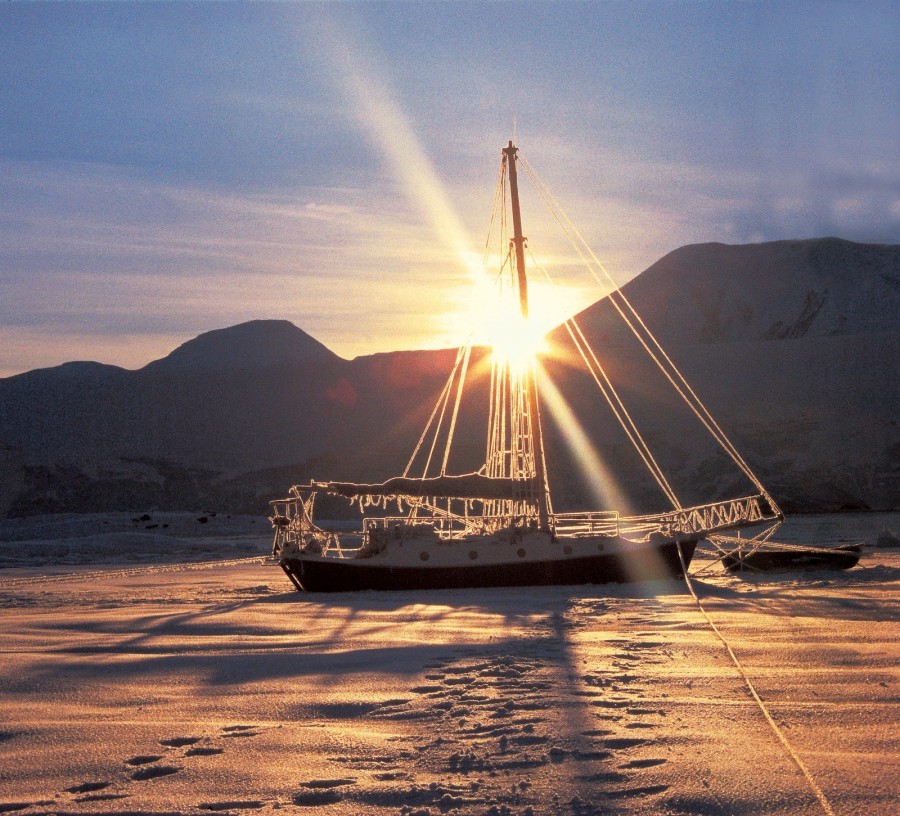
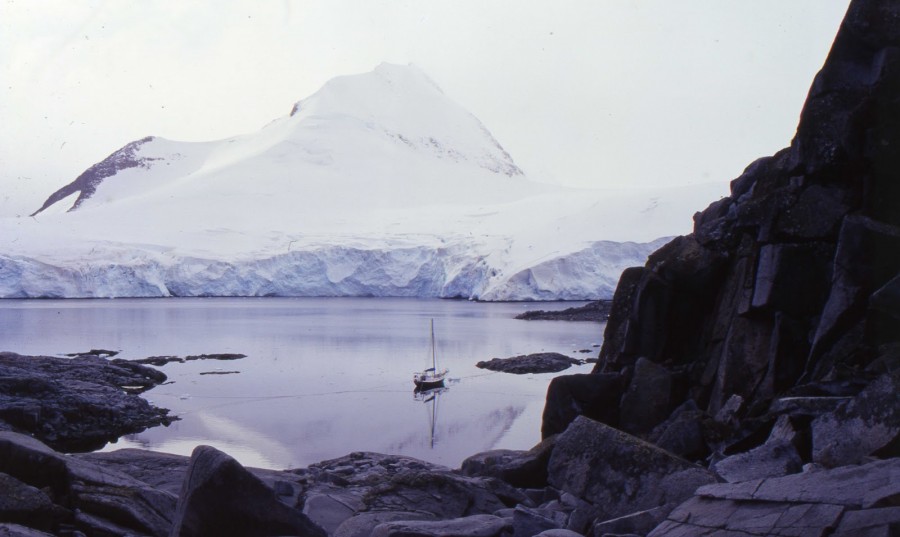
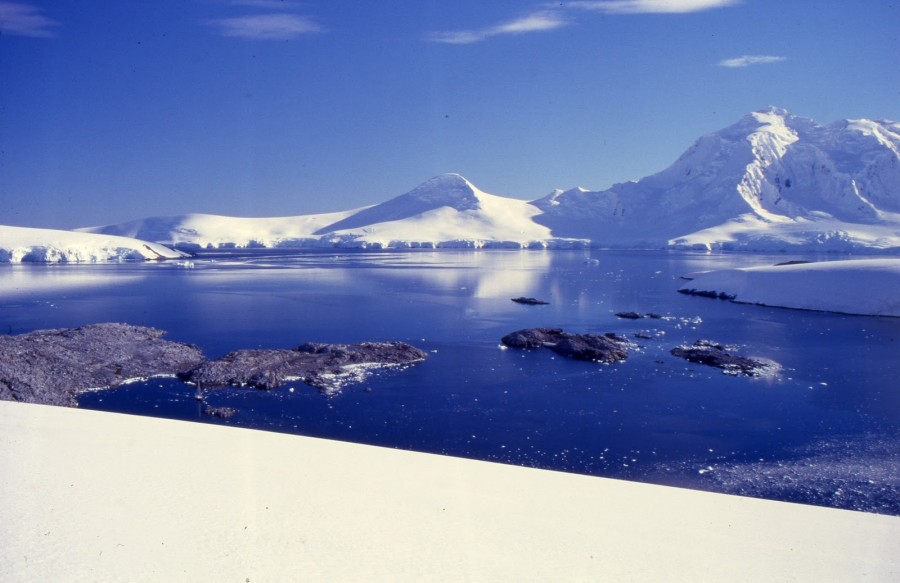
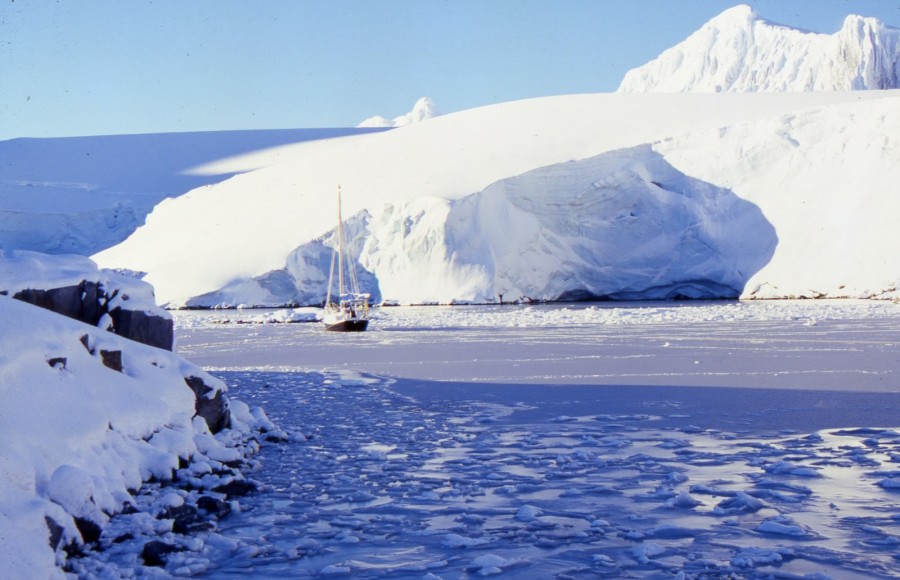
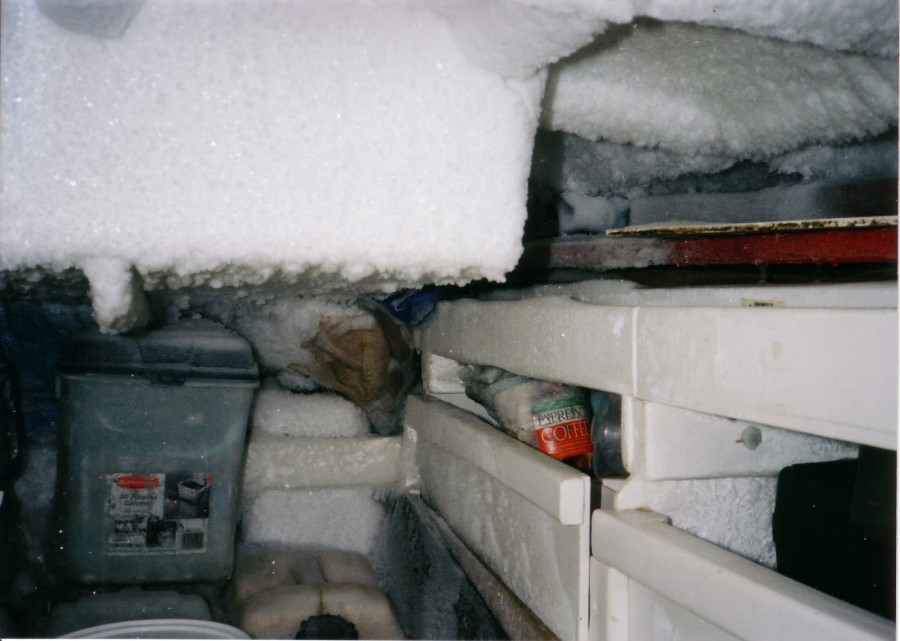
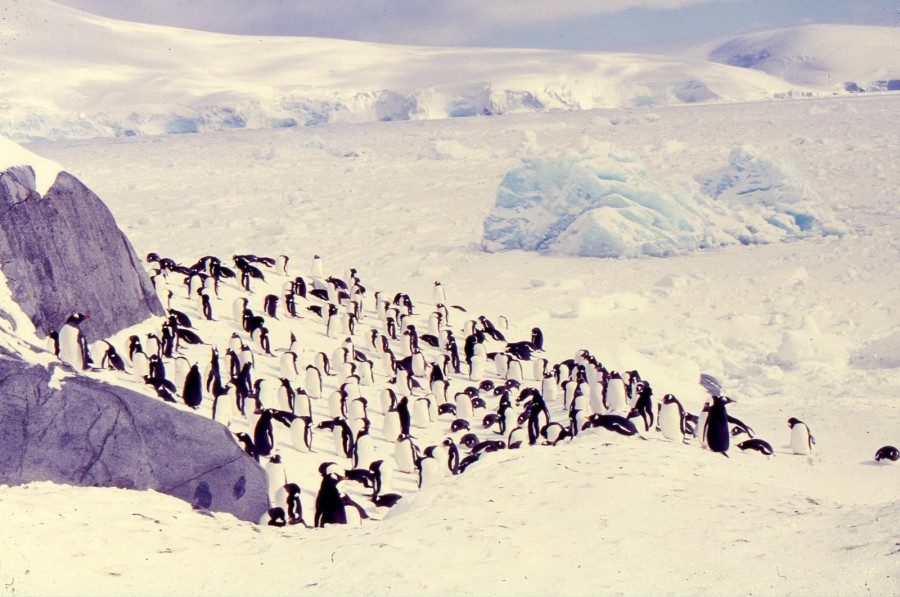
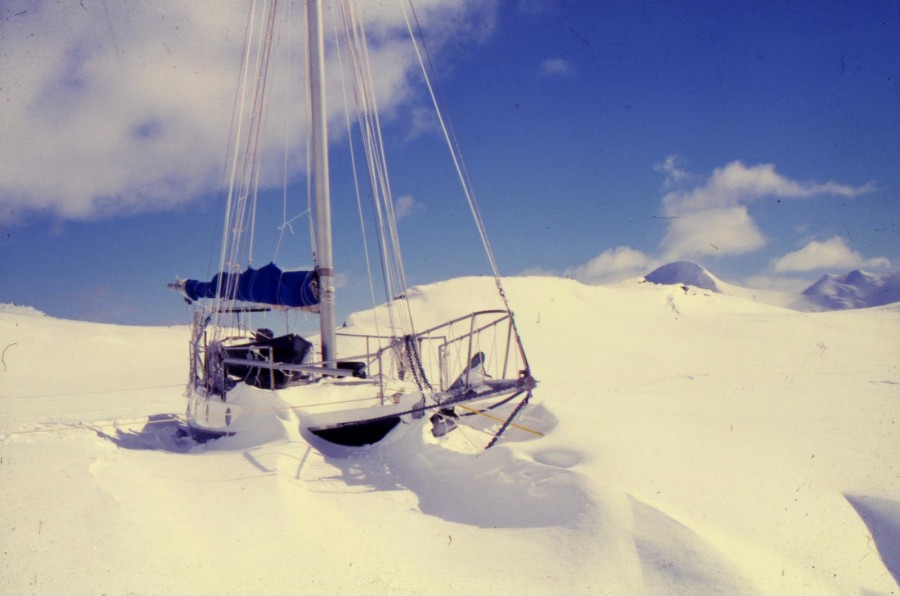
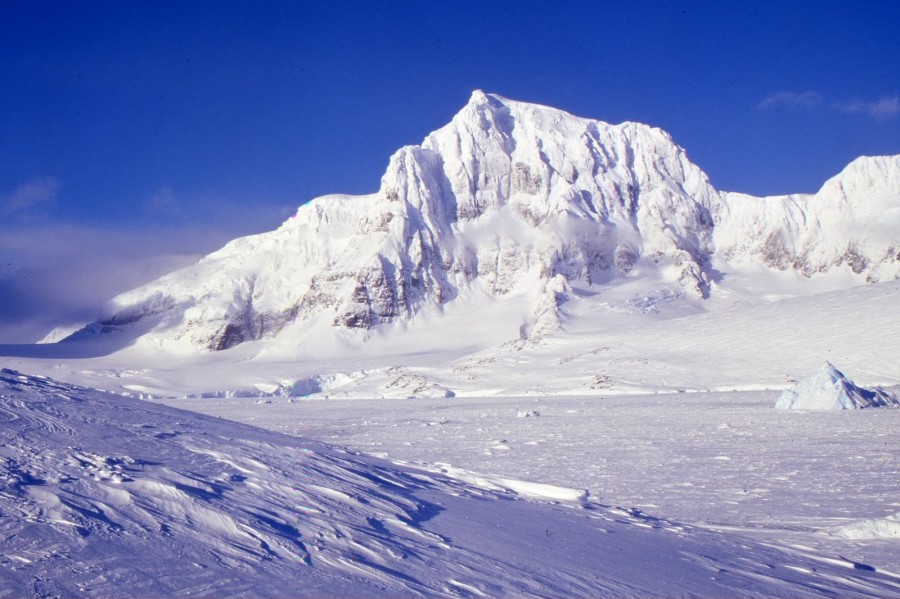
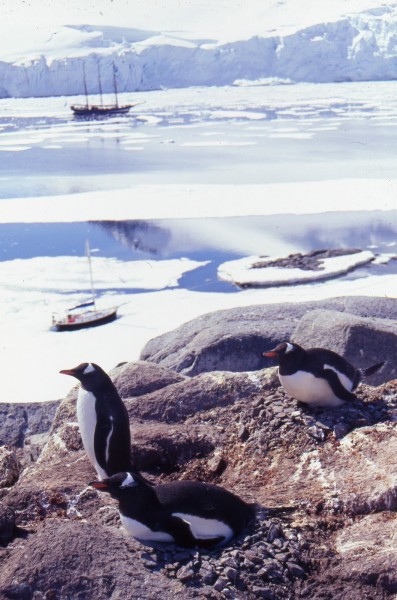
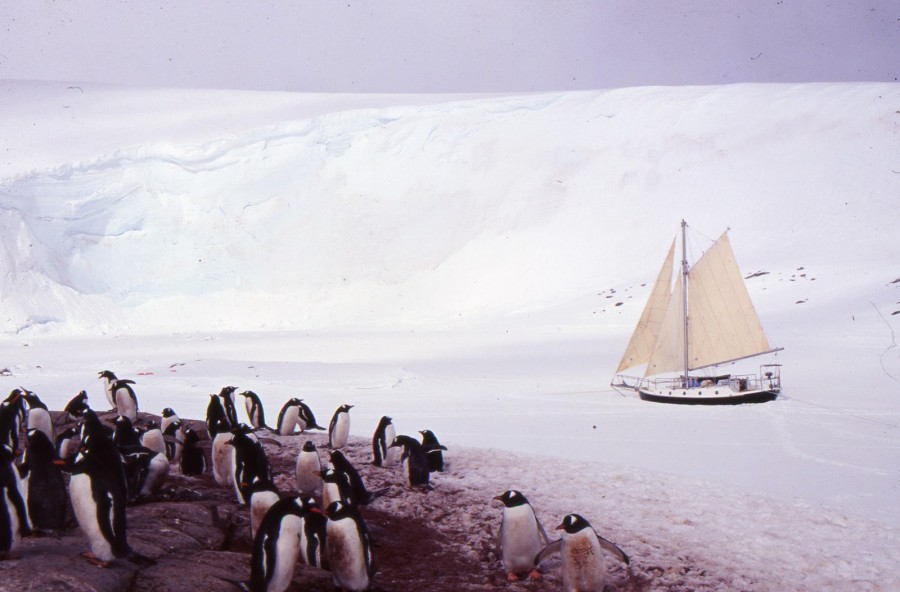
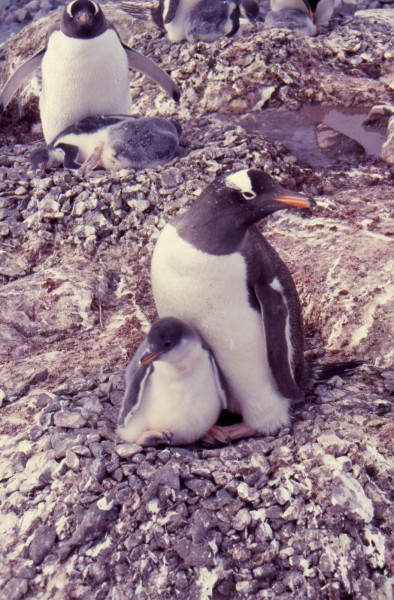
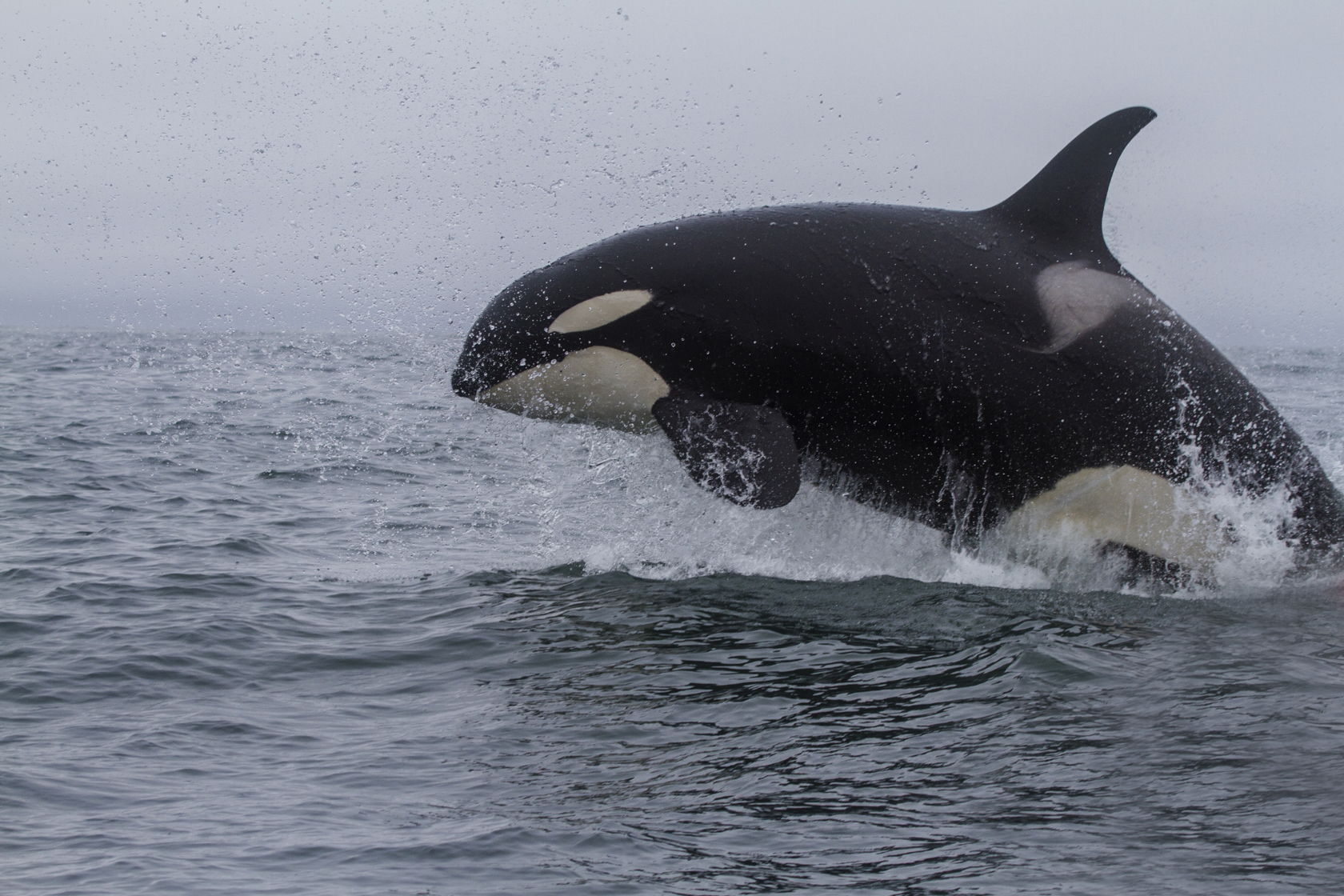
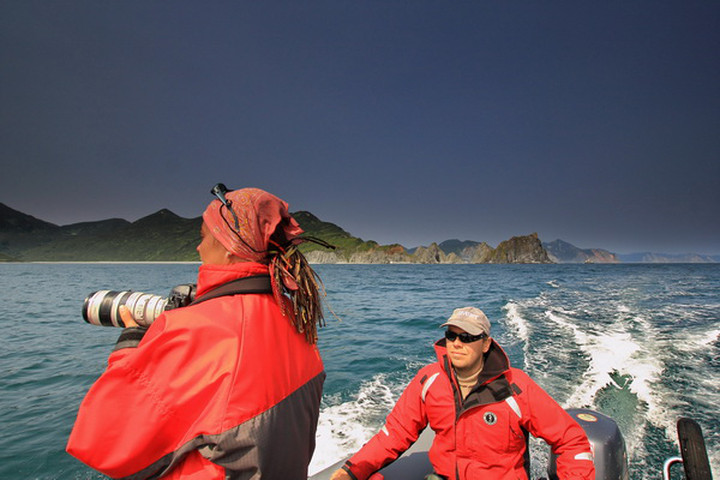
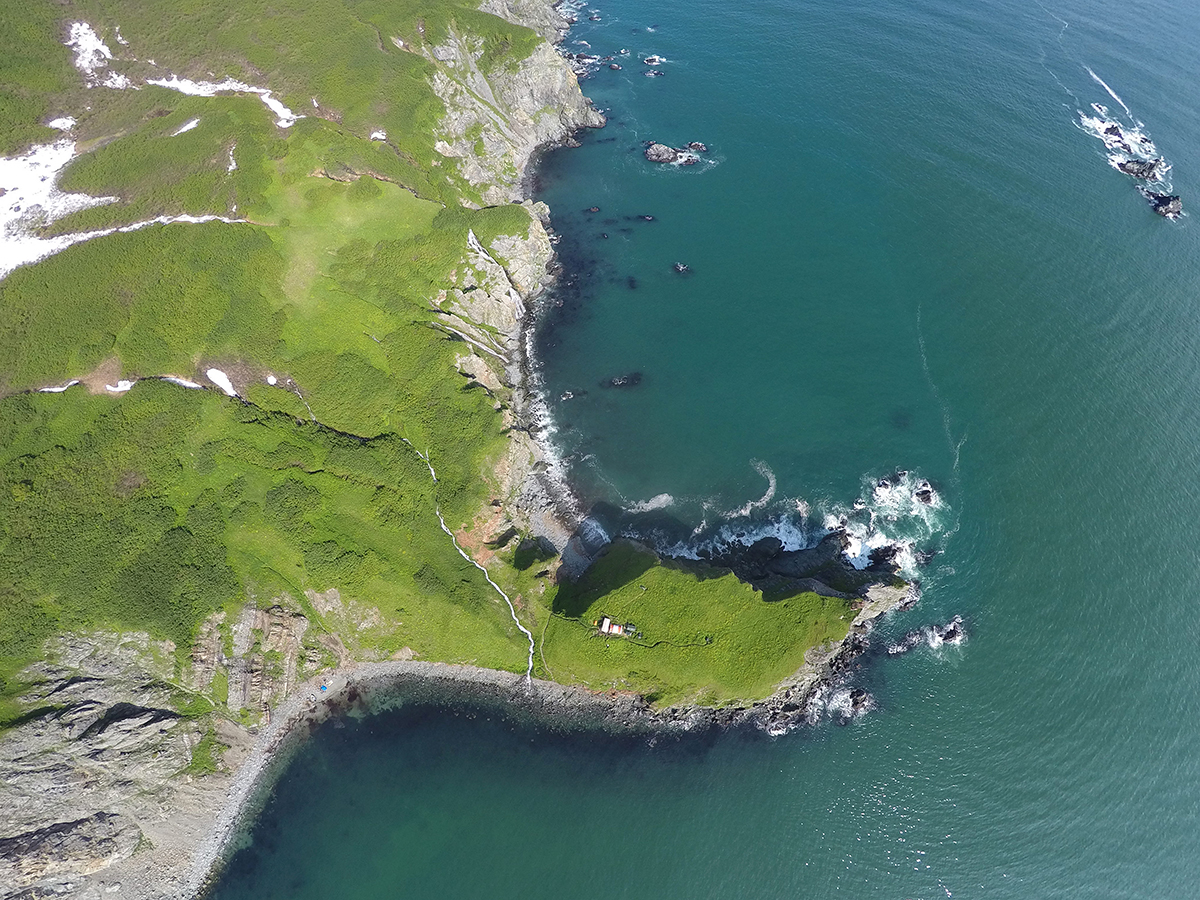
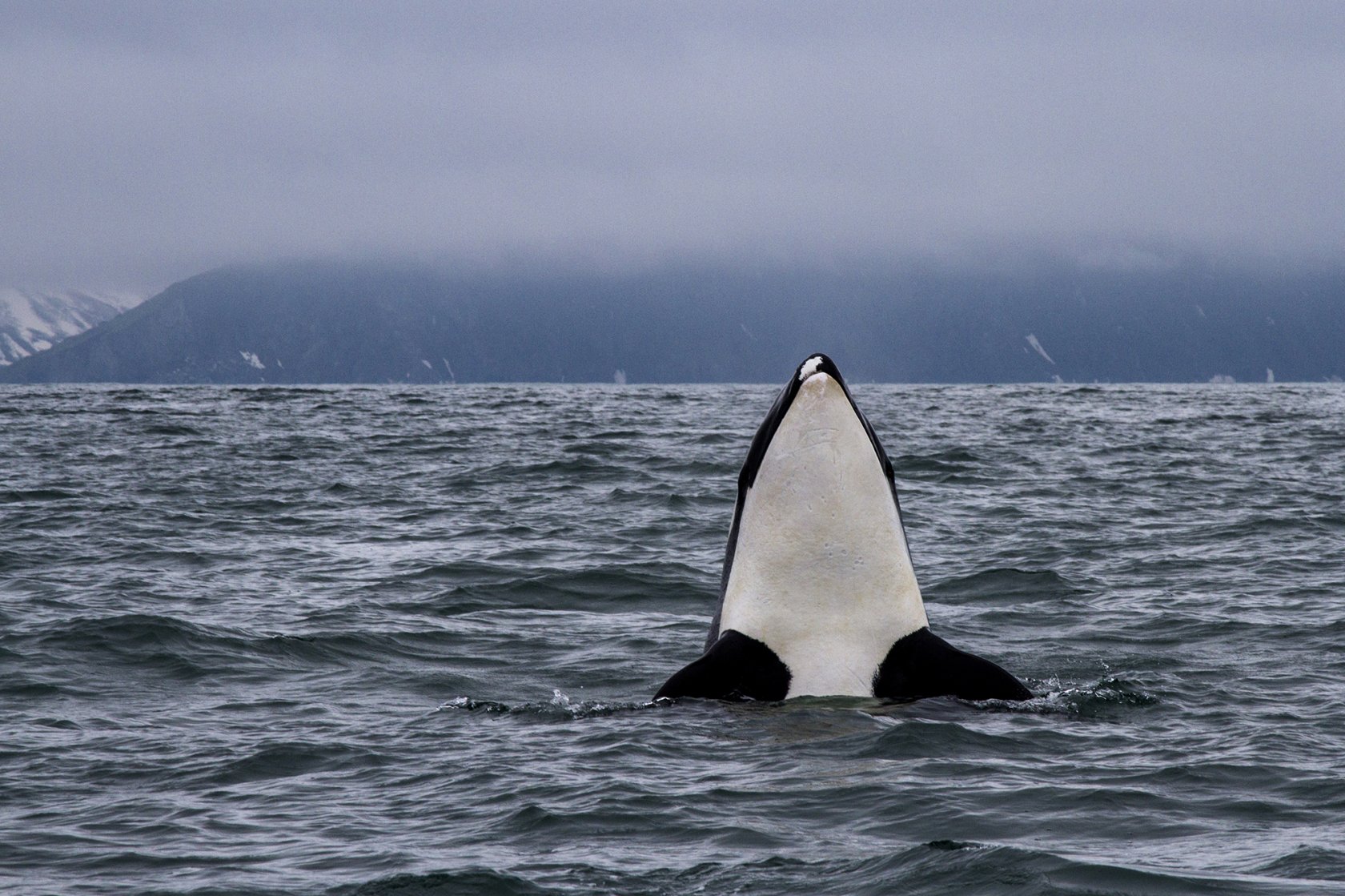

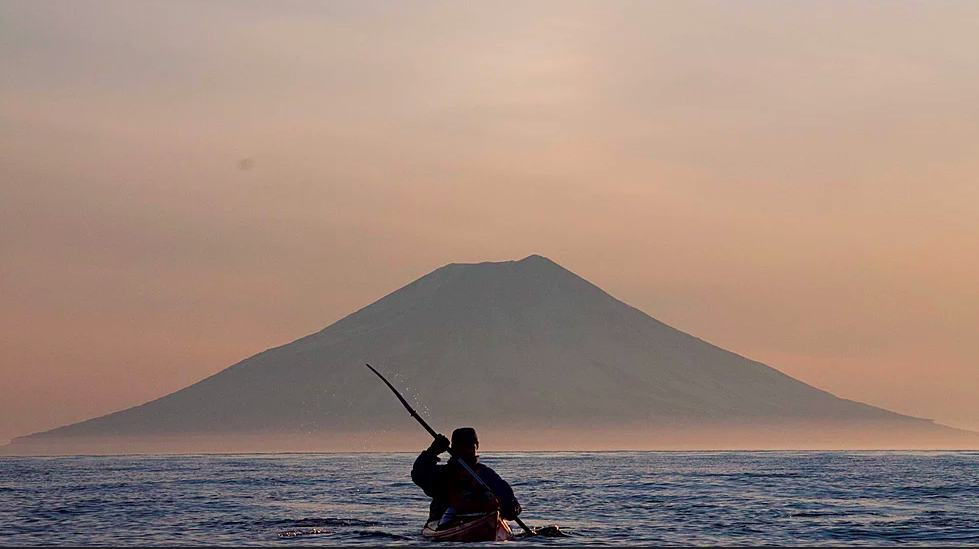


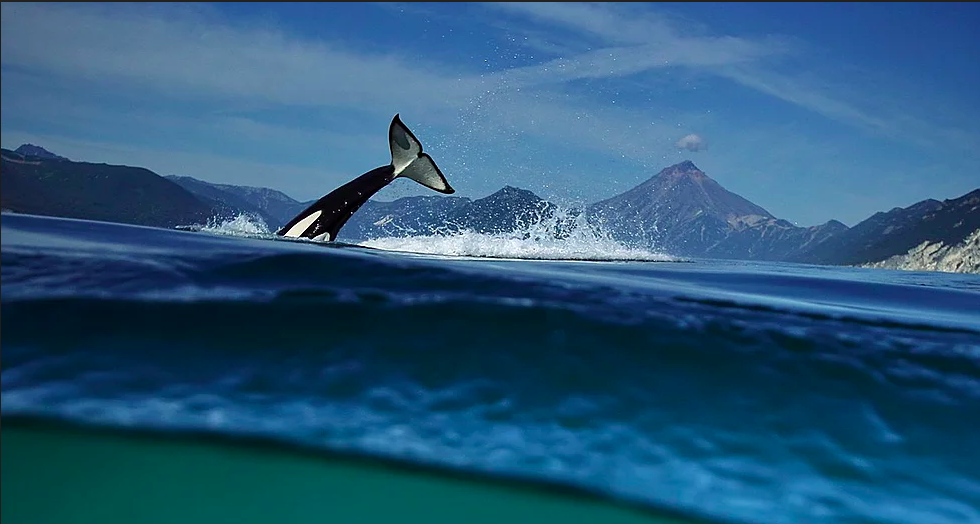
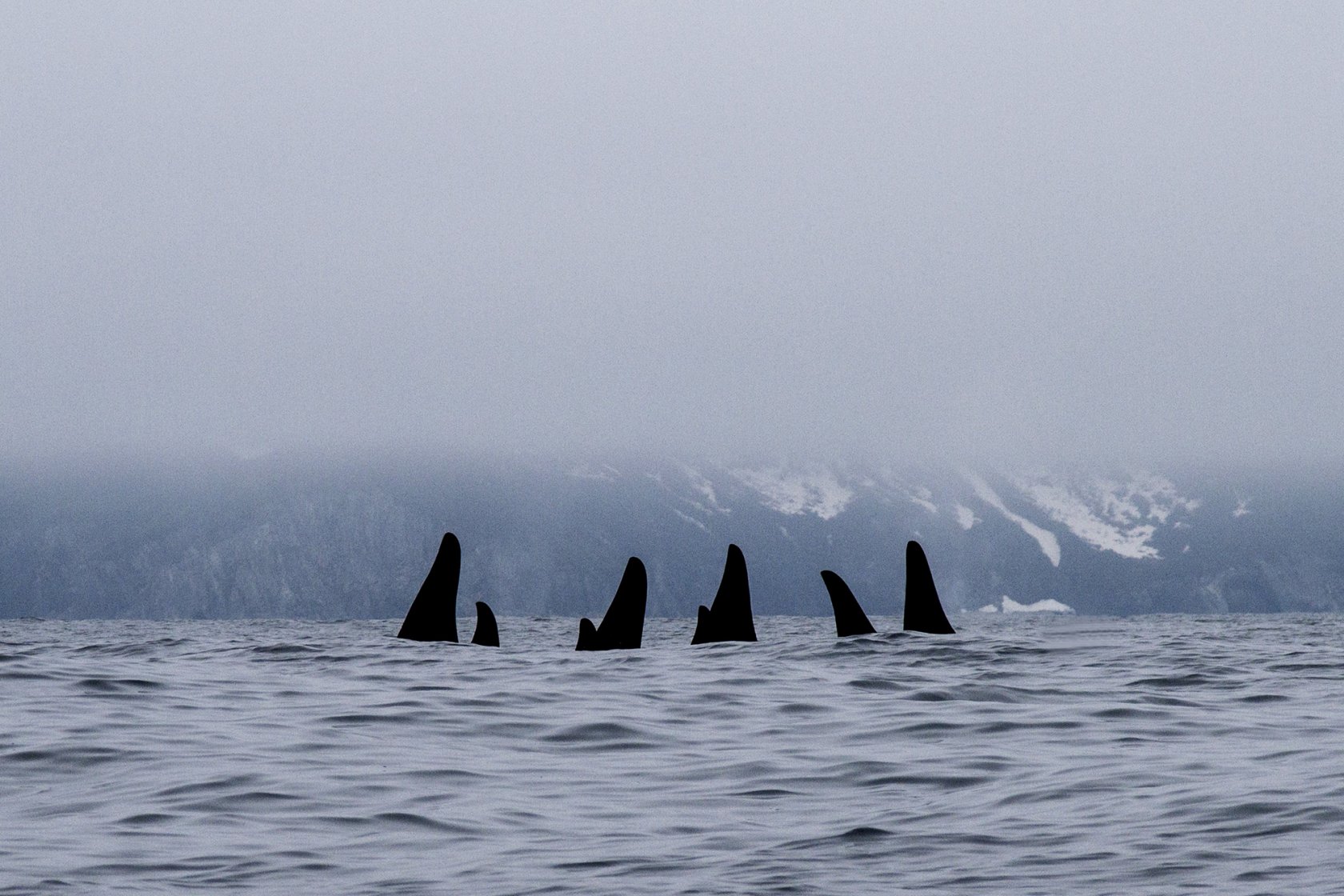
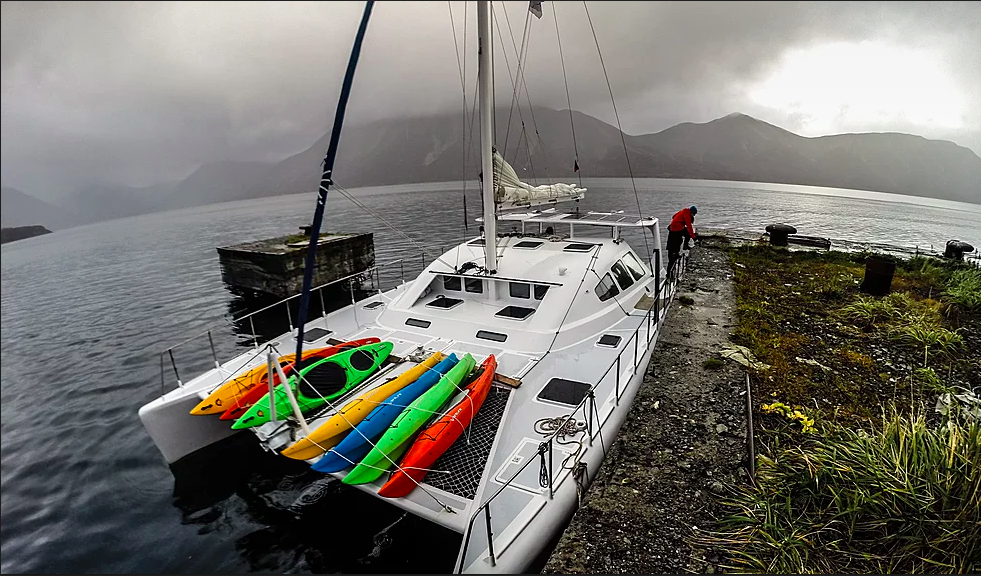
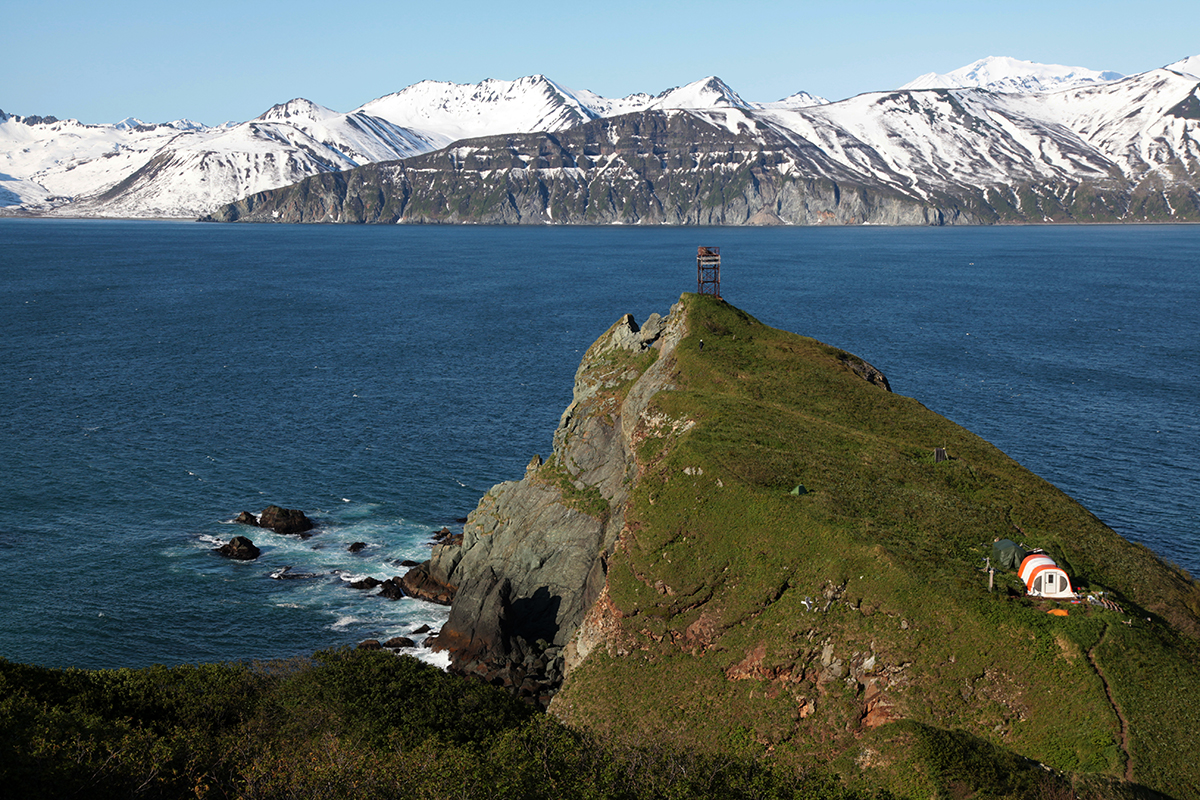
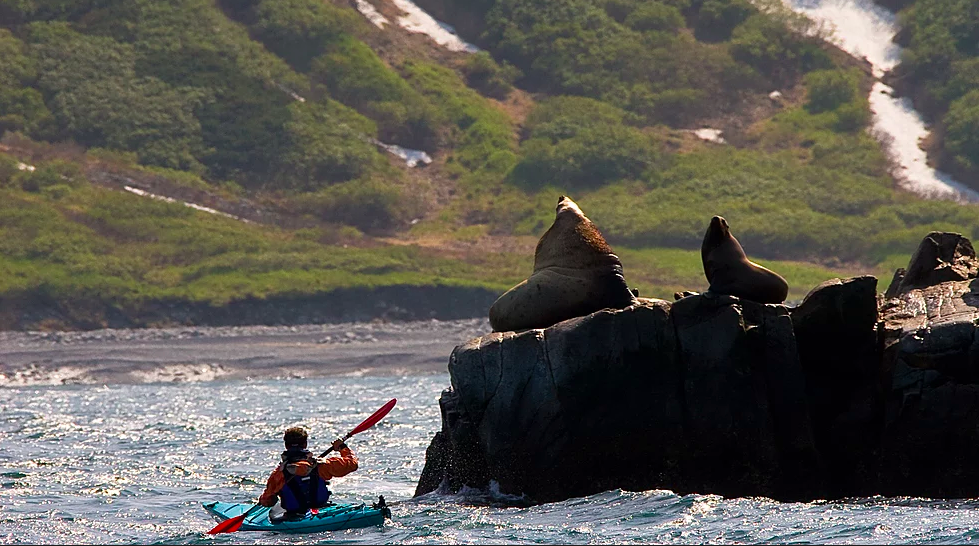
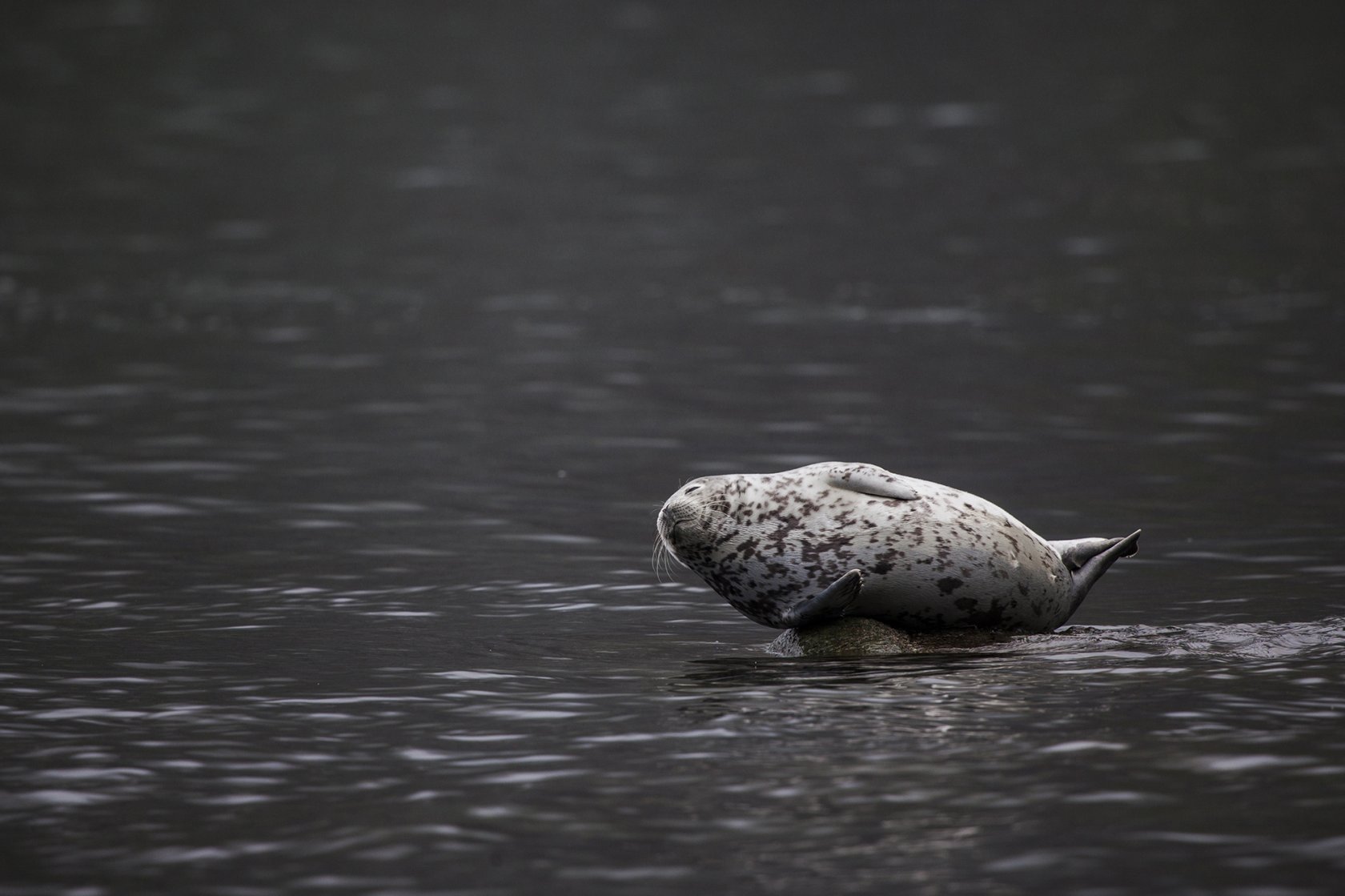
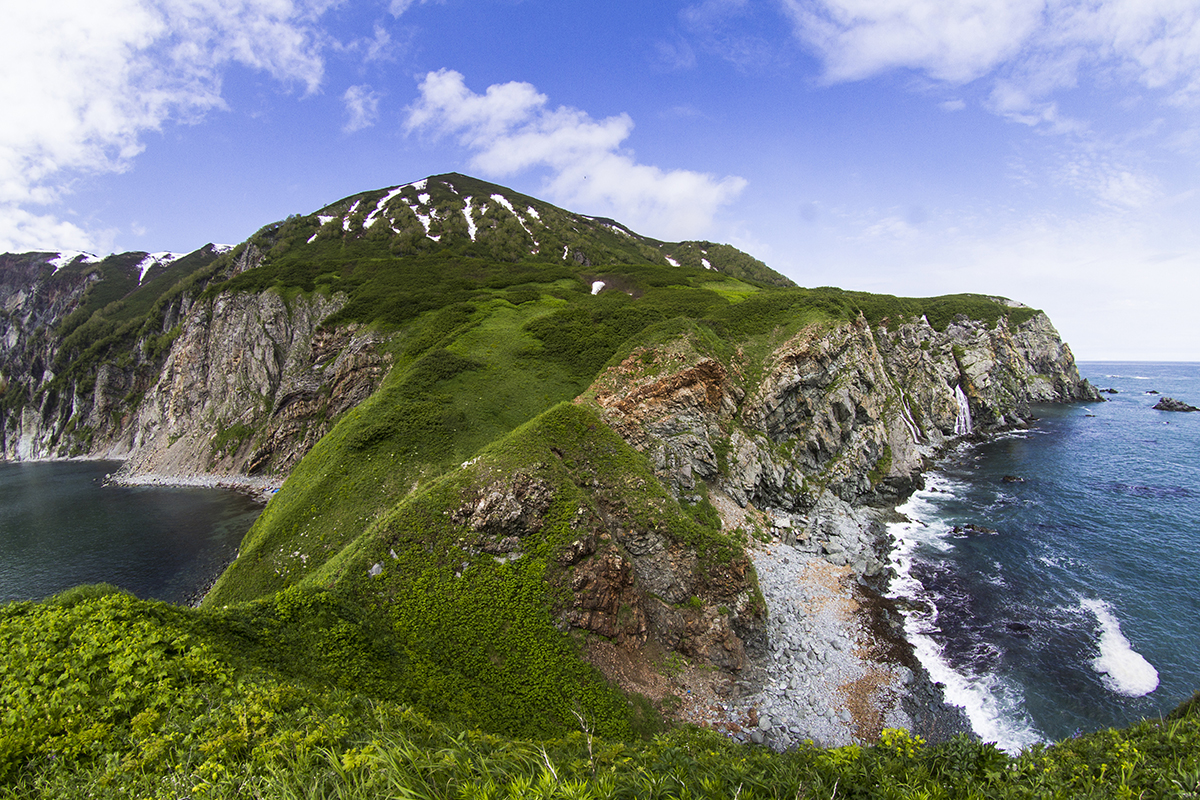






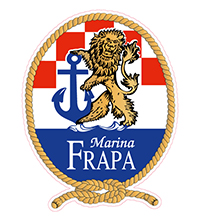
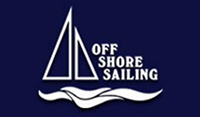
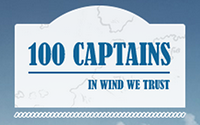

 Гостей: 533
Гостей: 533 Скрытых: 0
Скрытых: 0 Пользователей: 0
Пользователей: 0 April Fools
April Fools